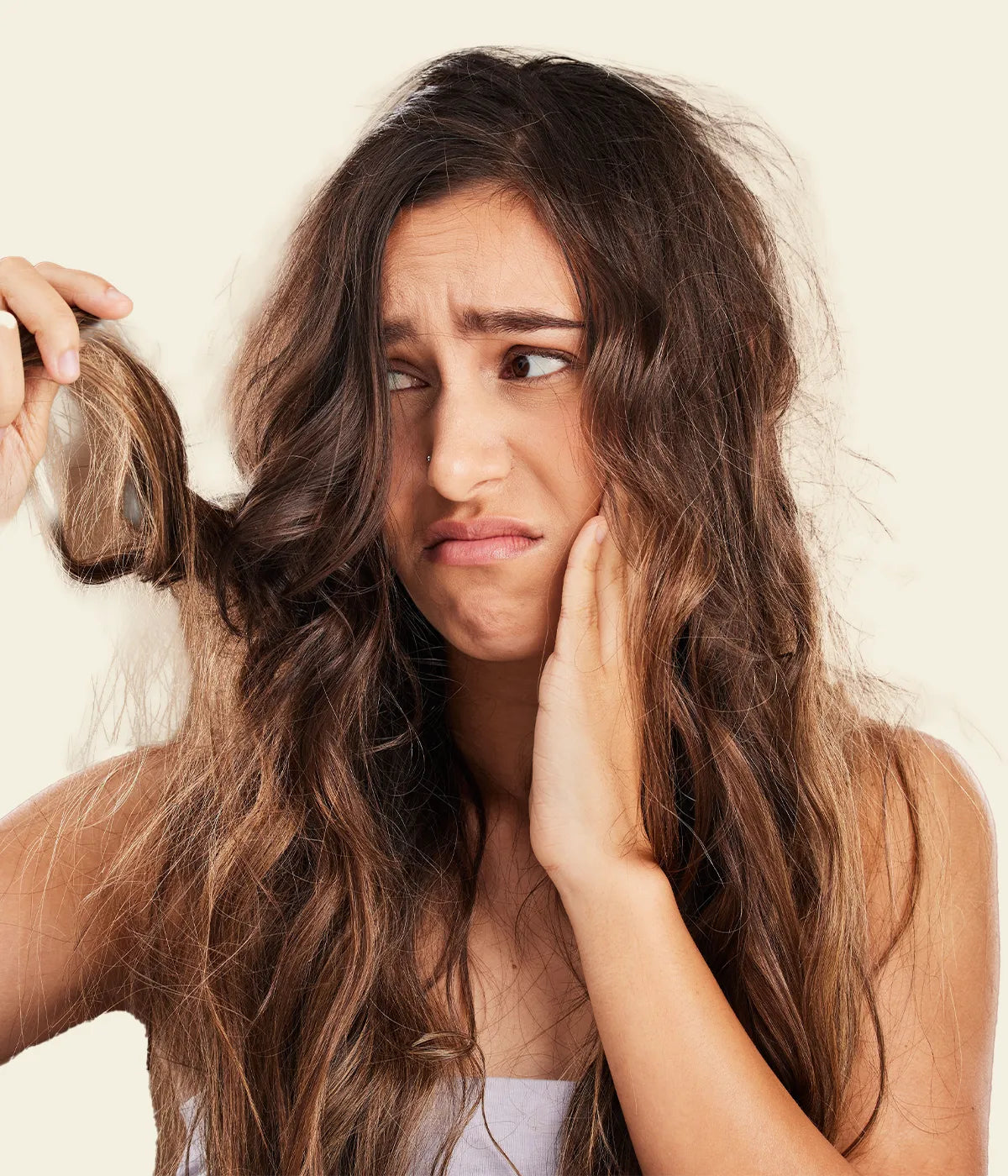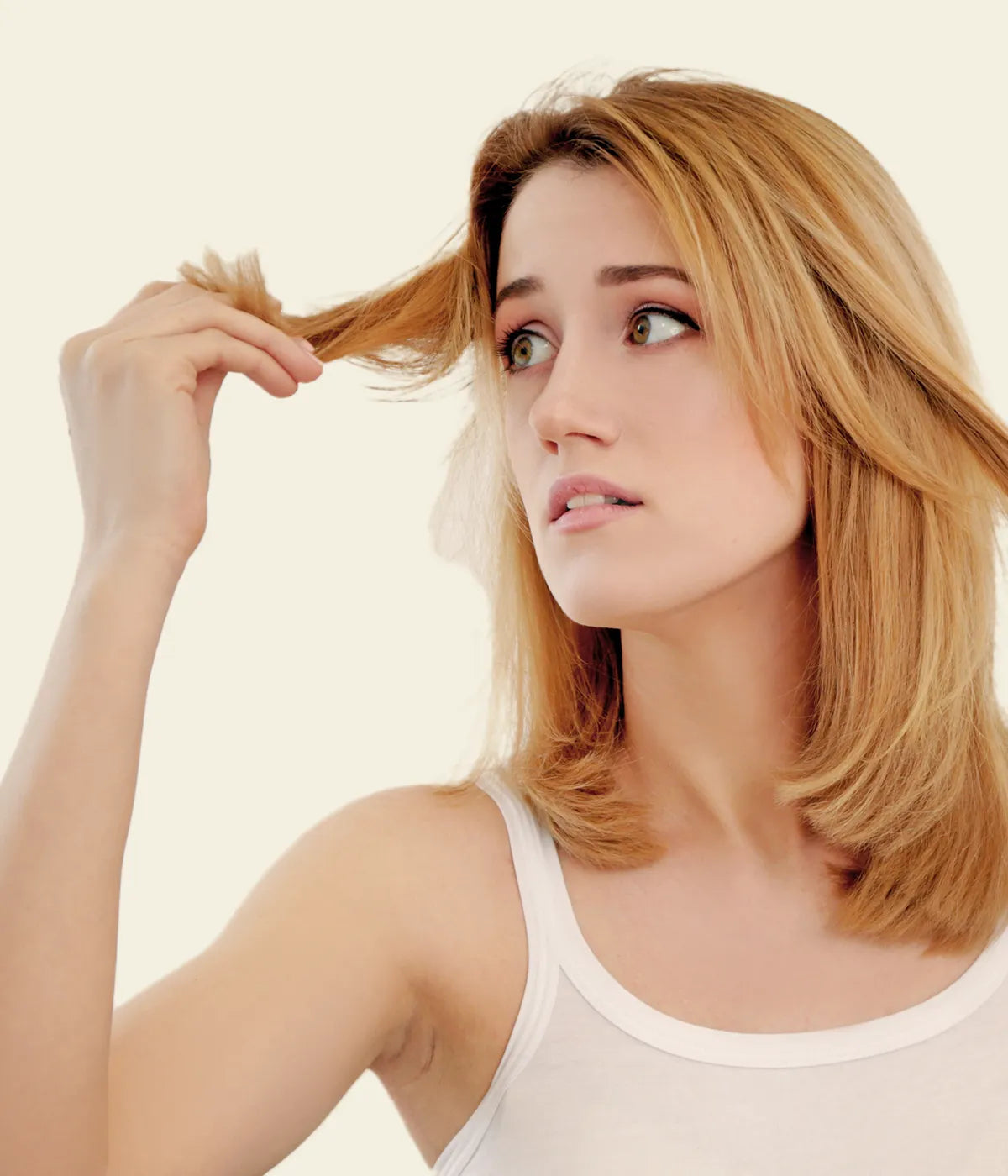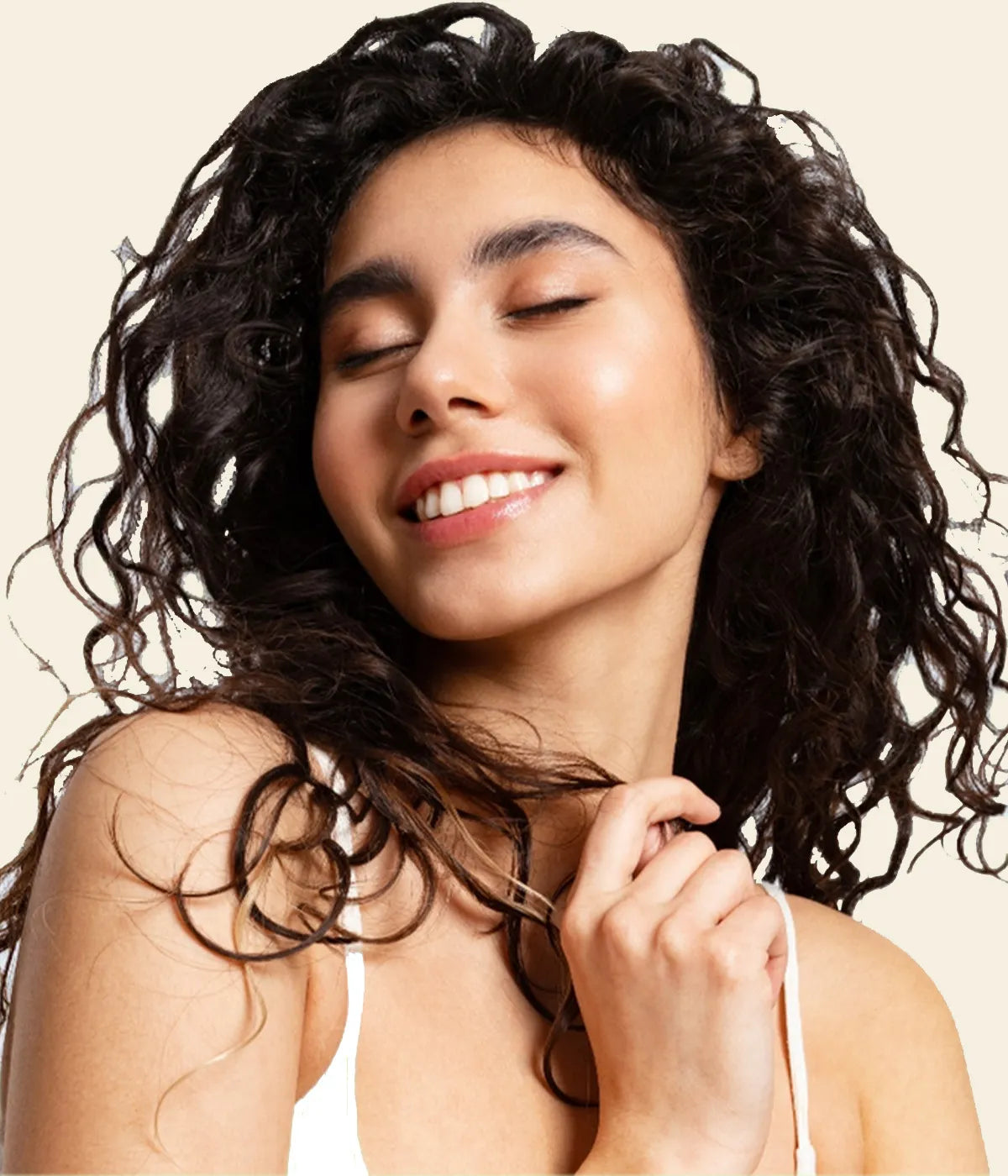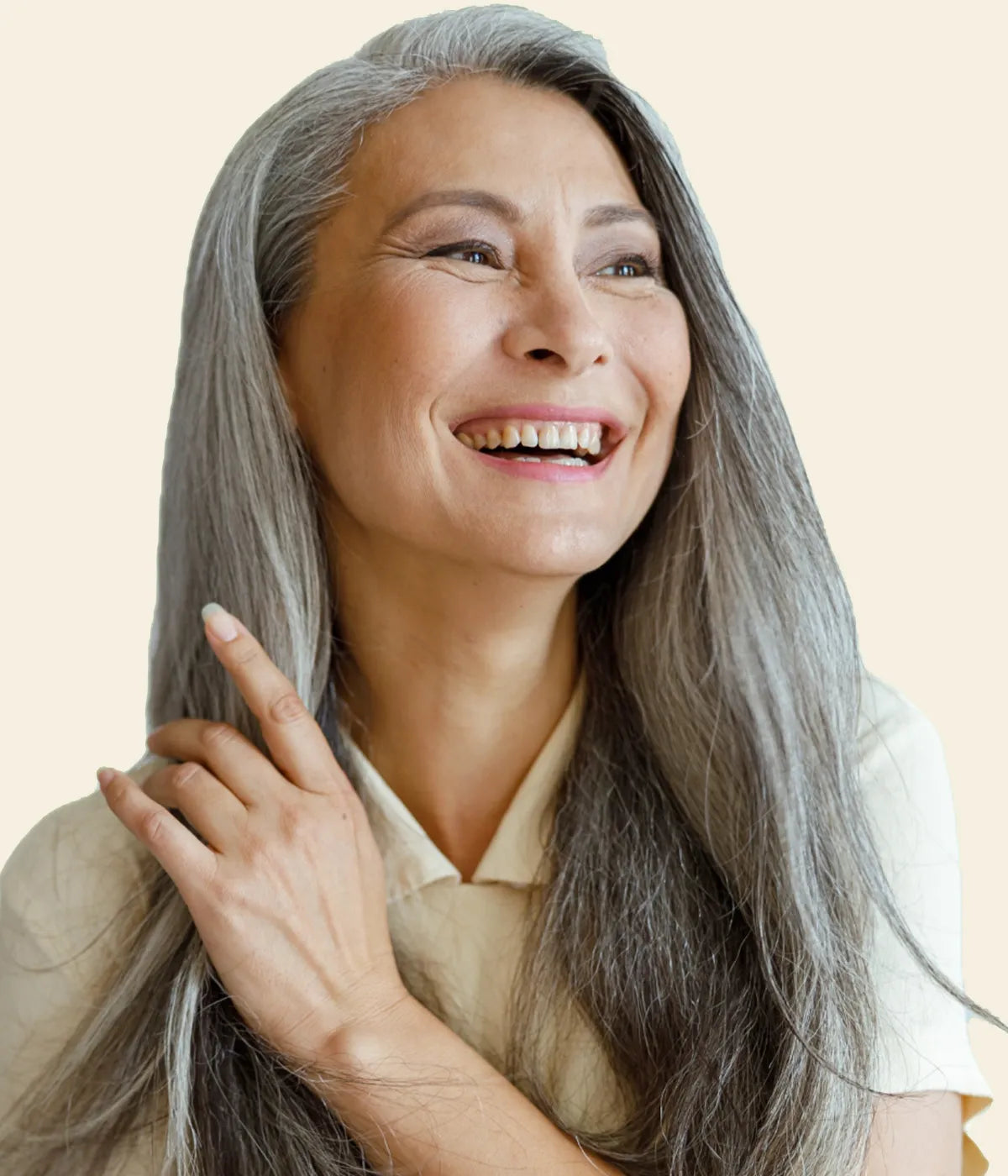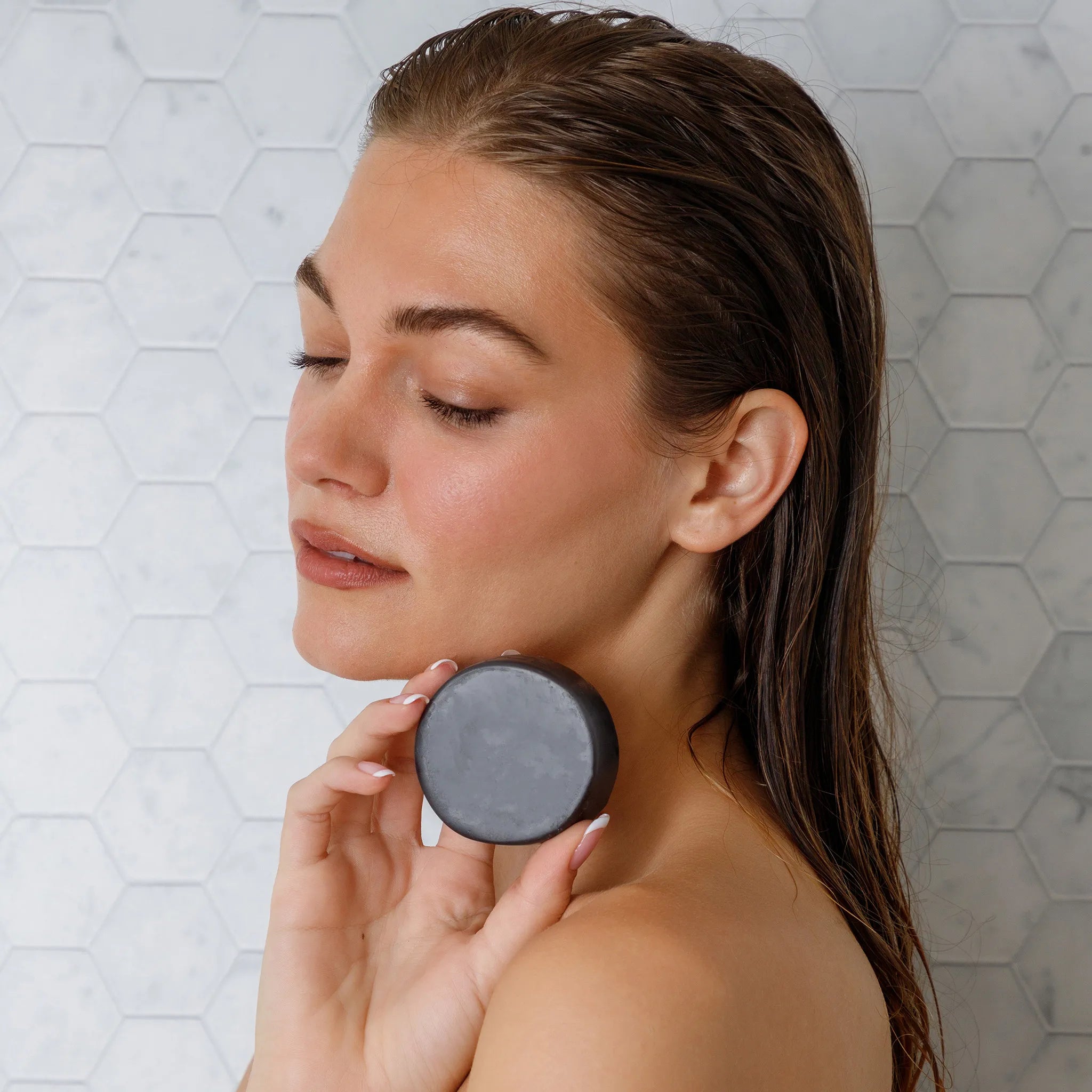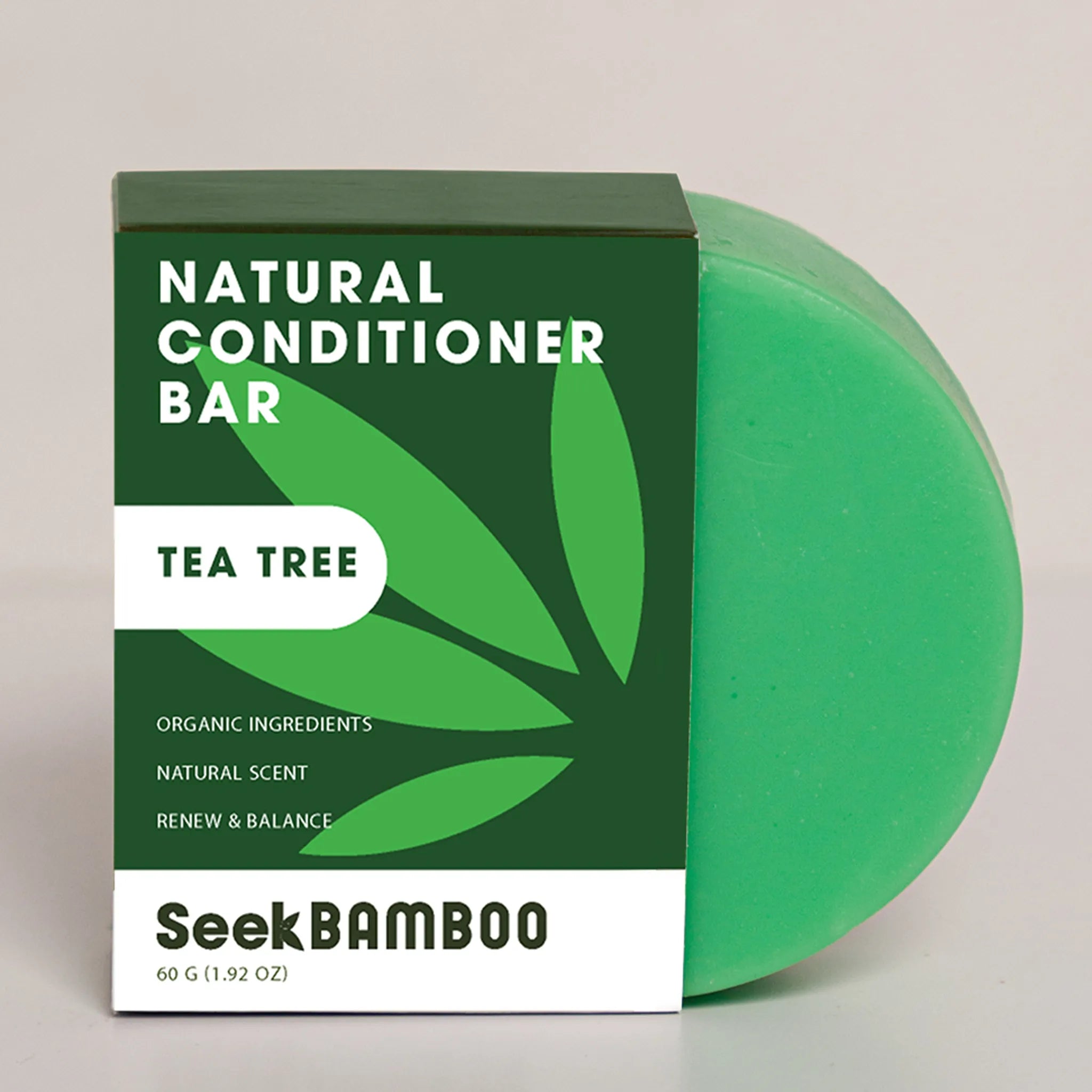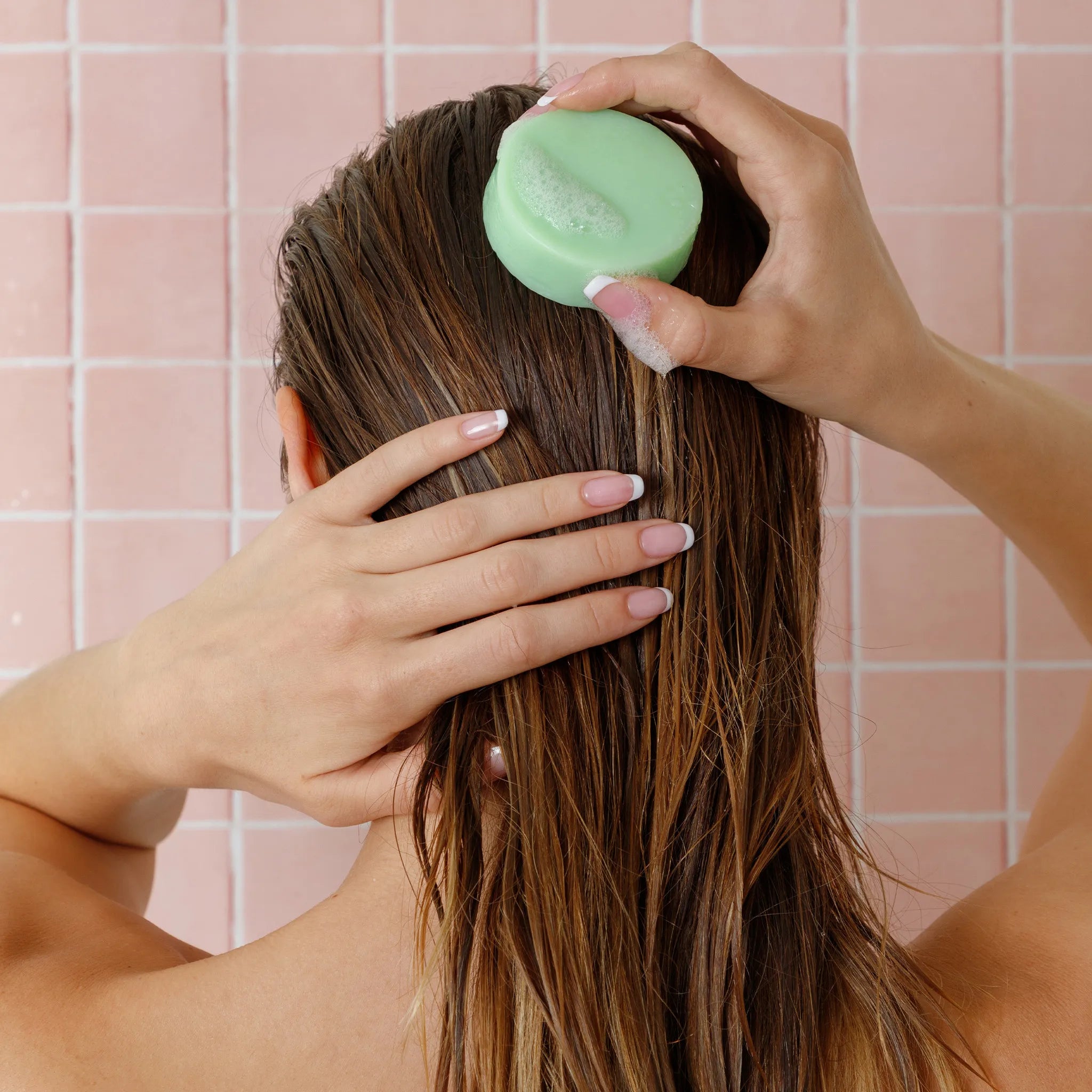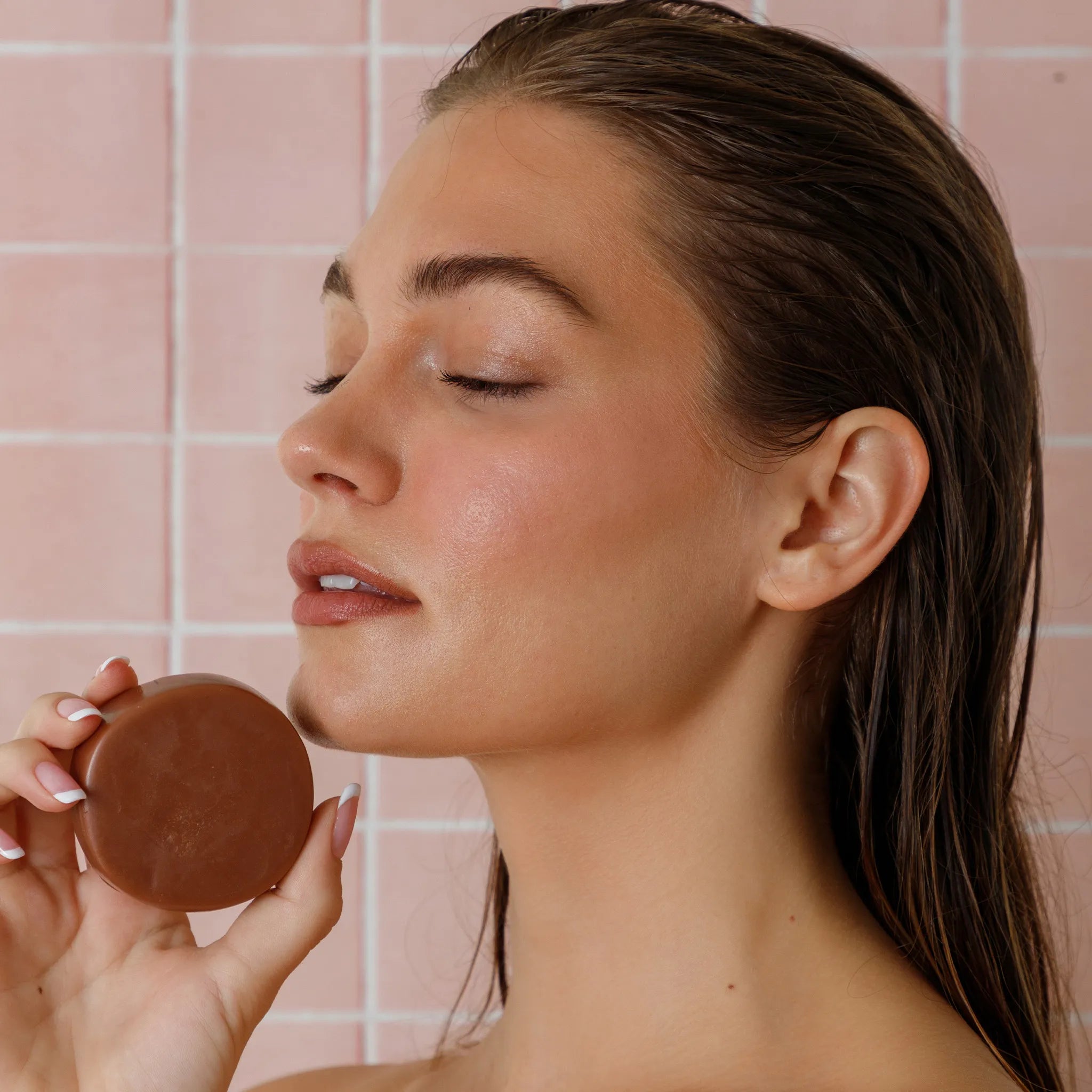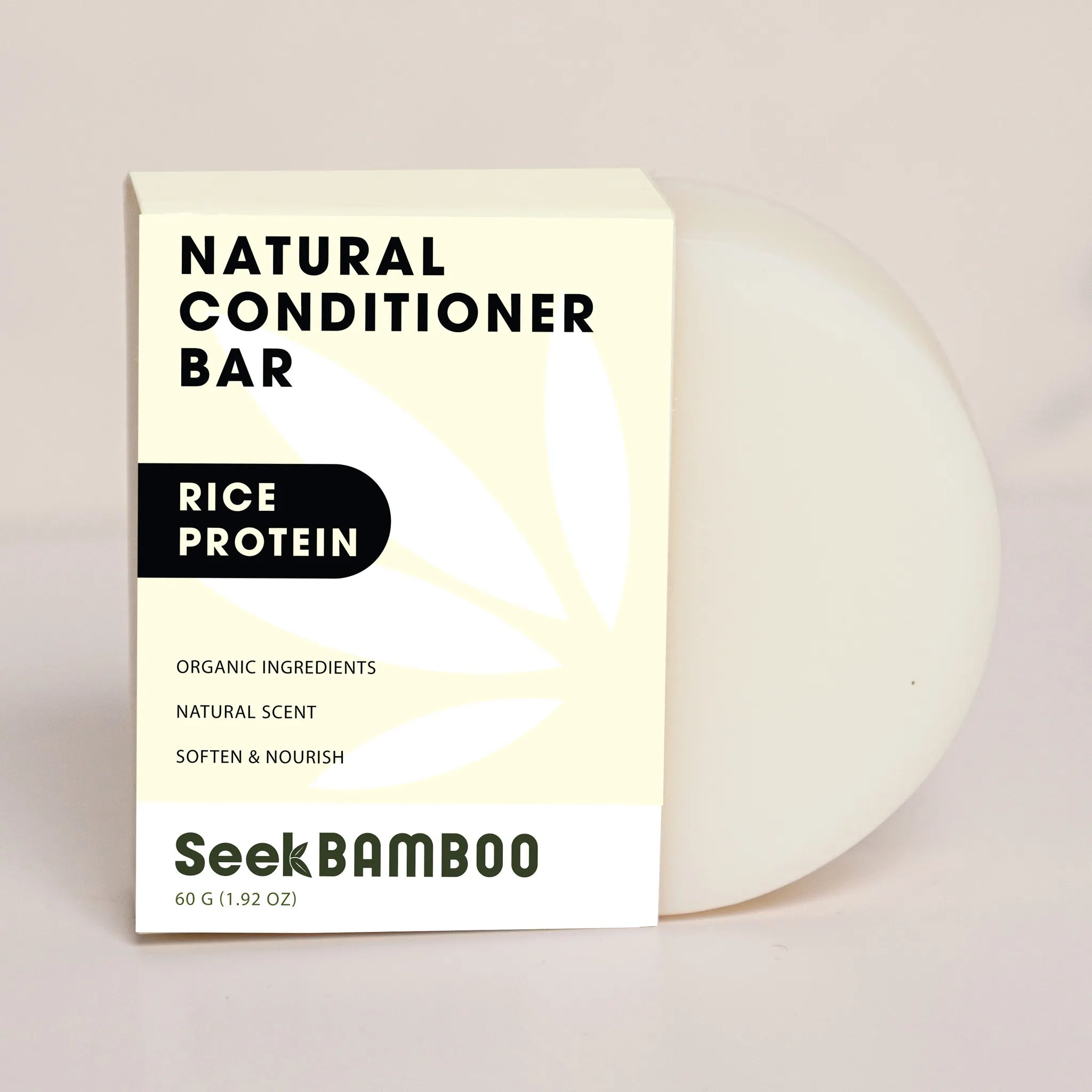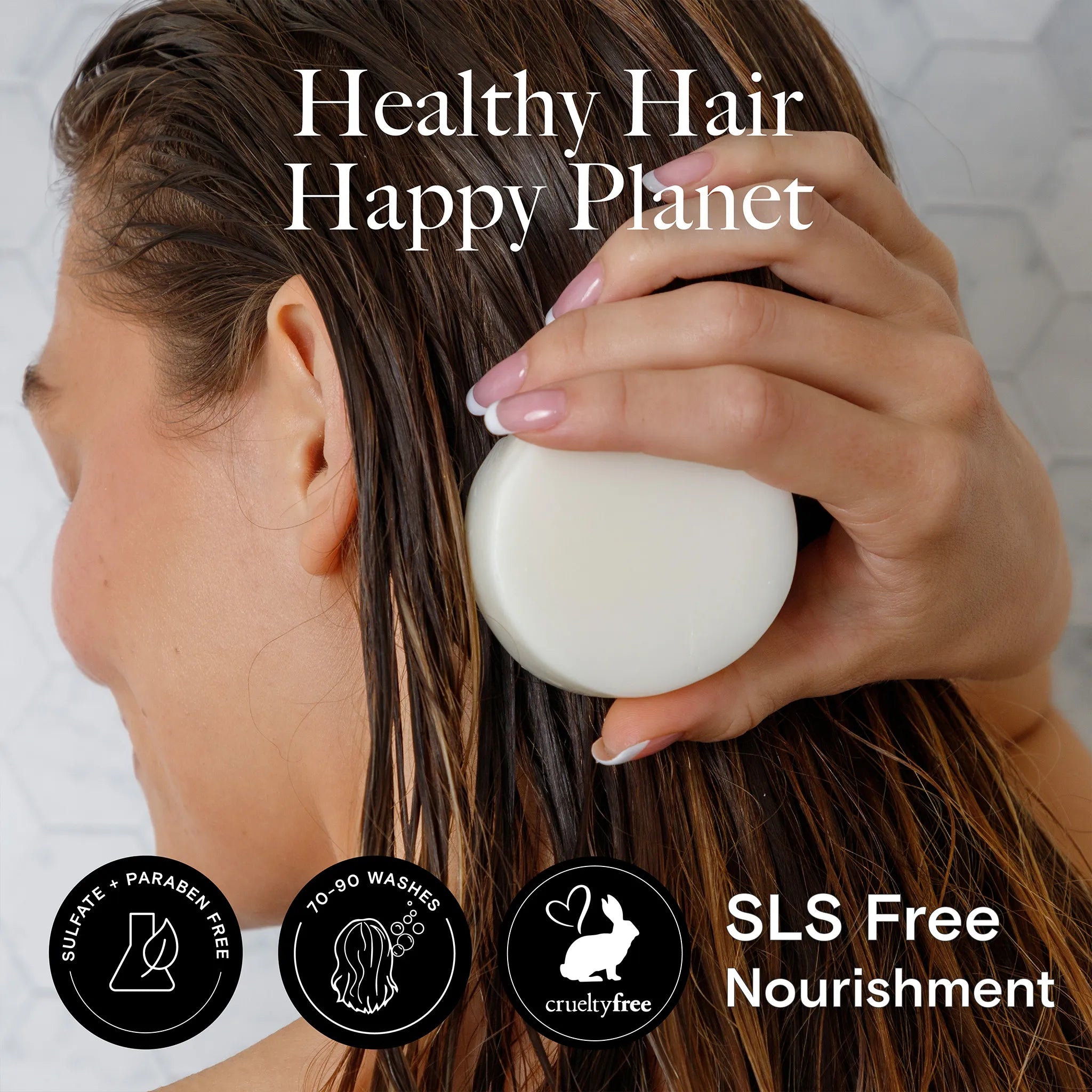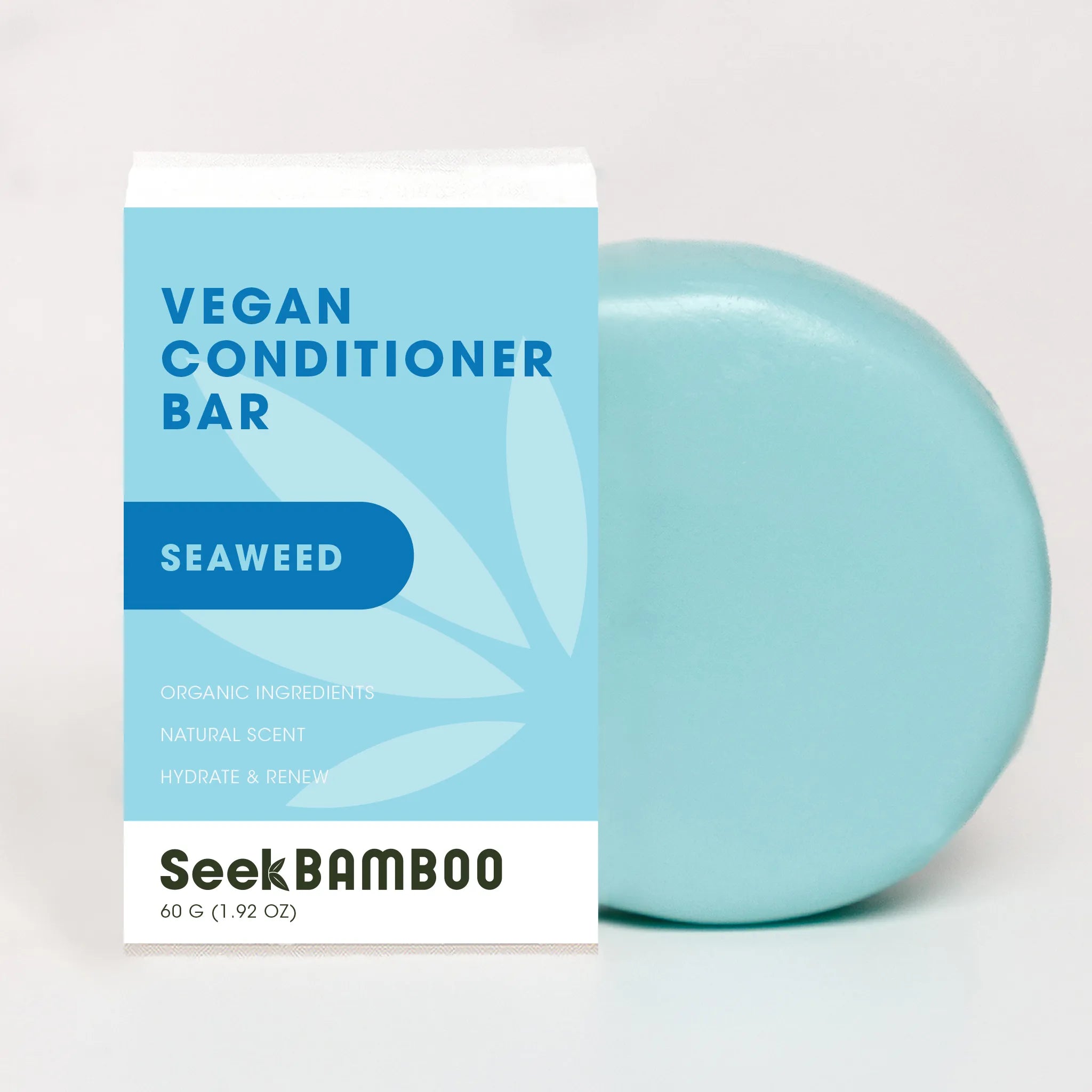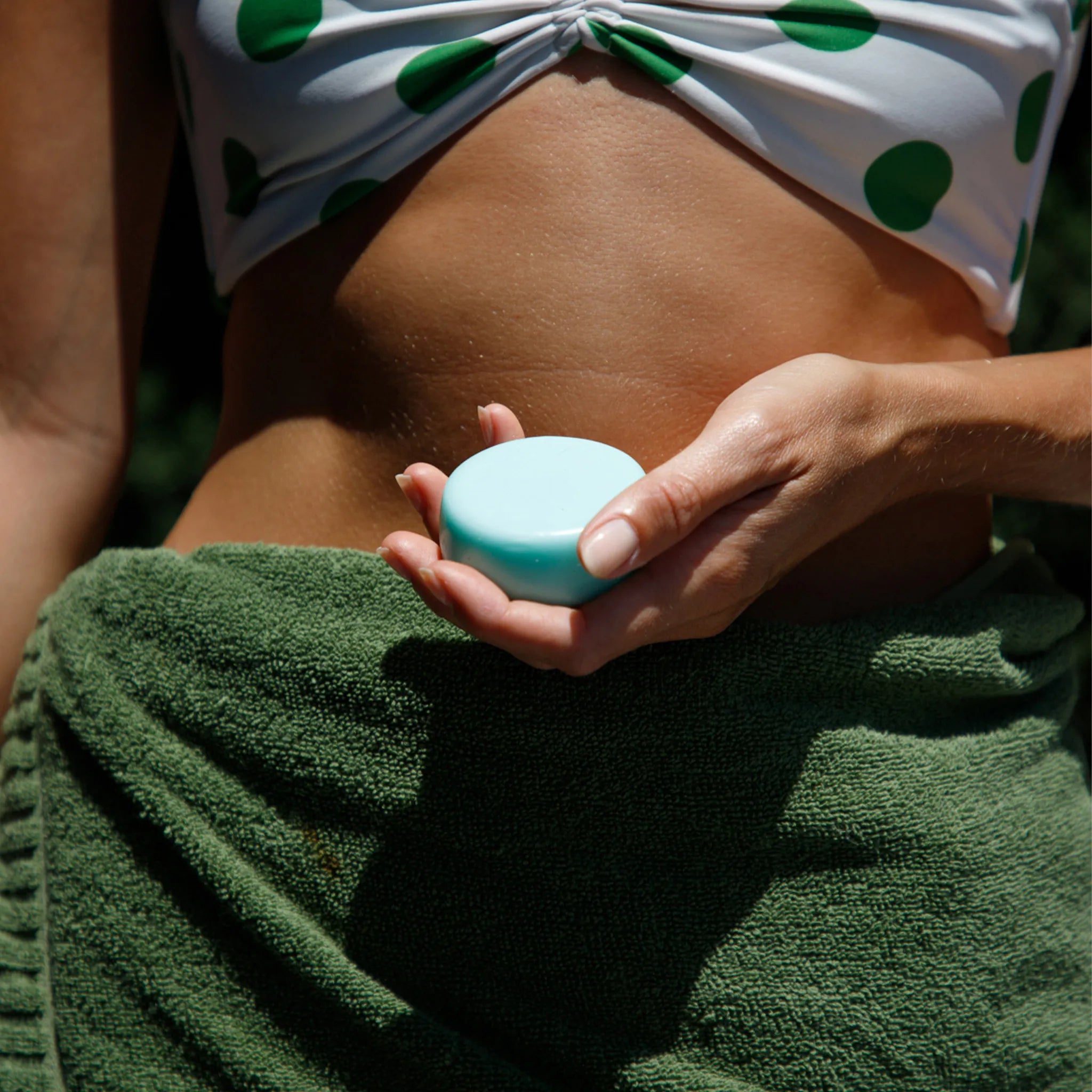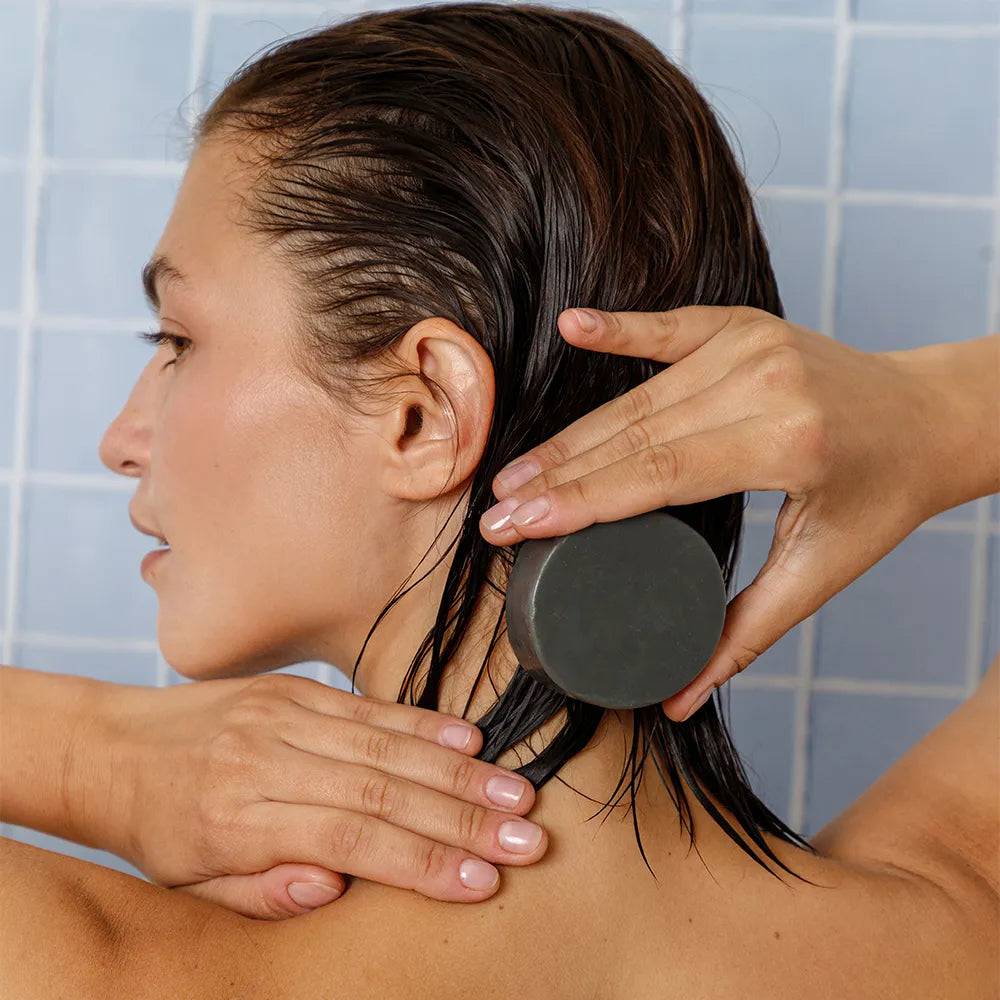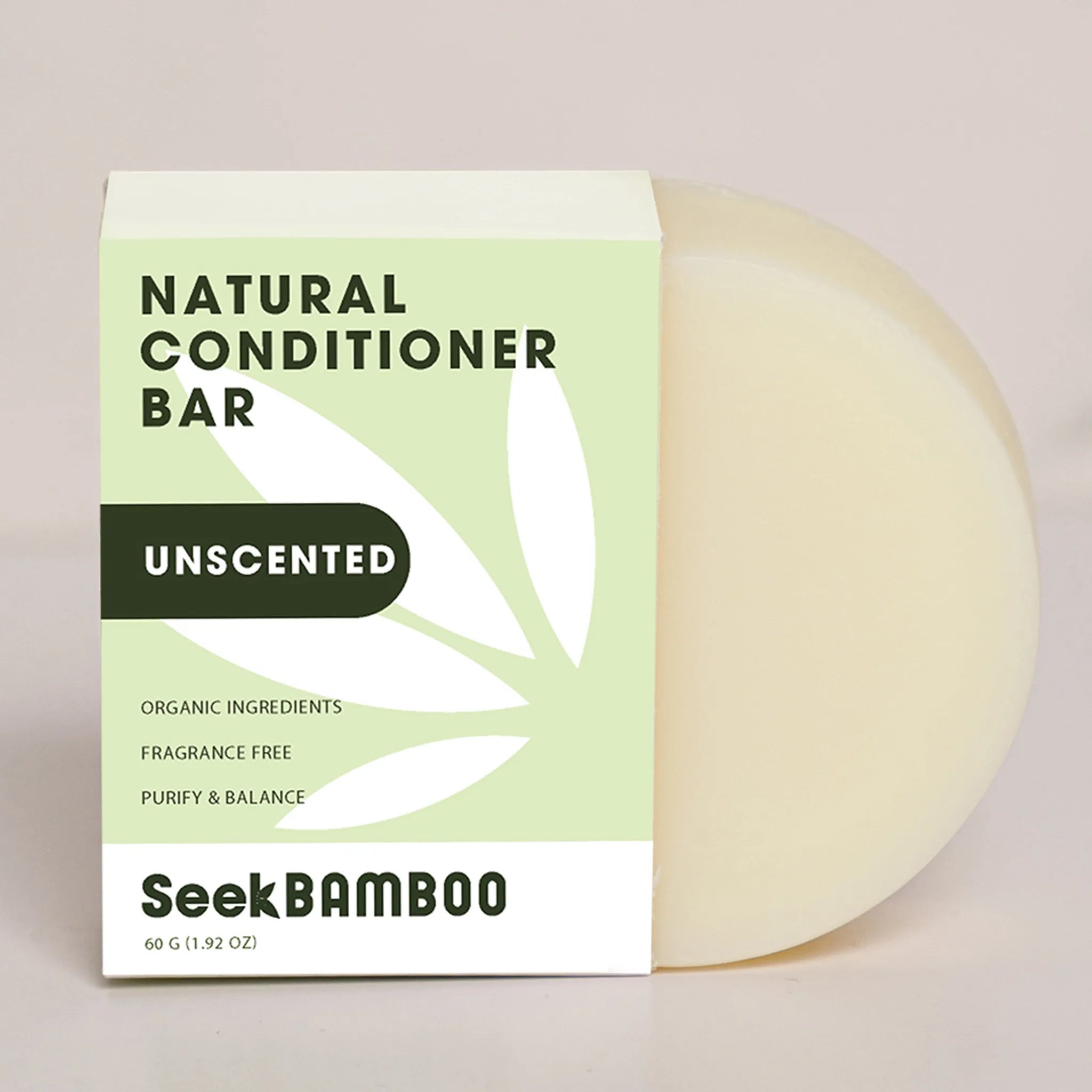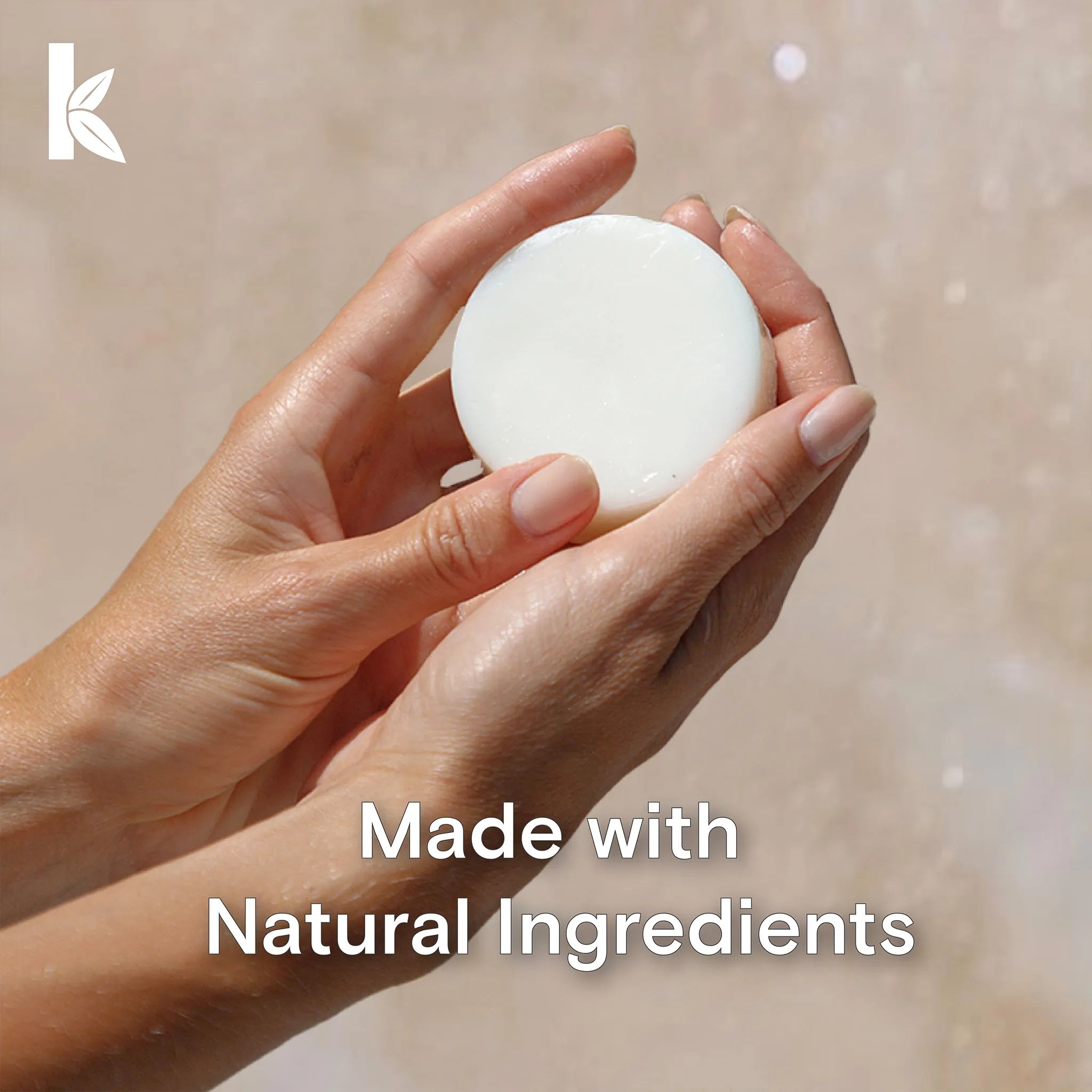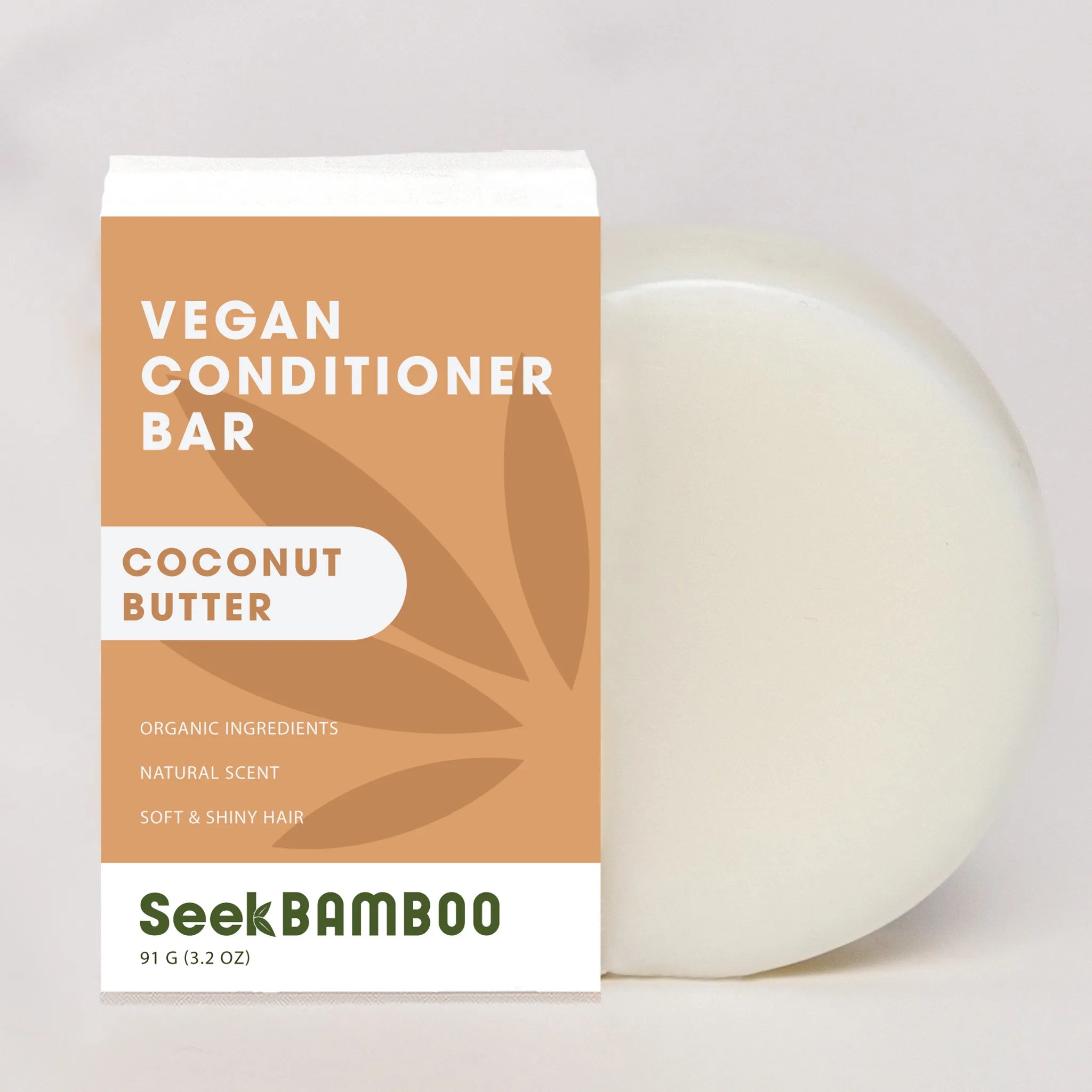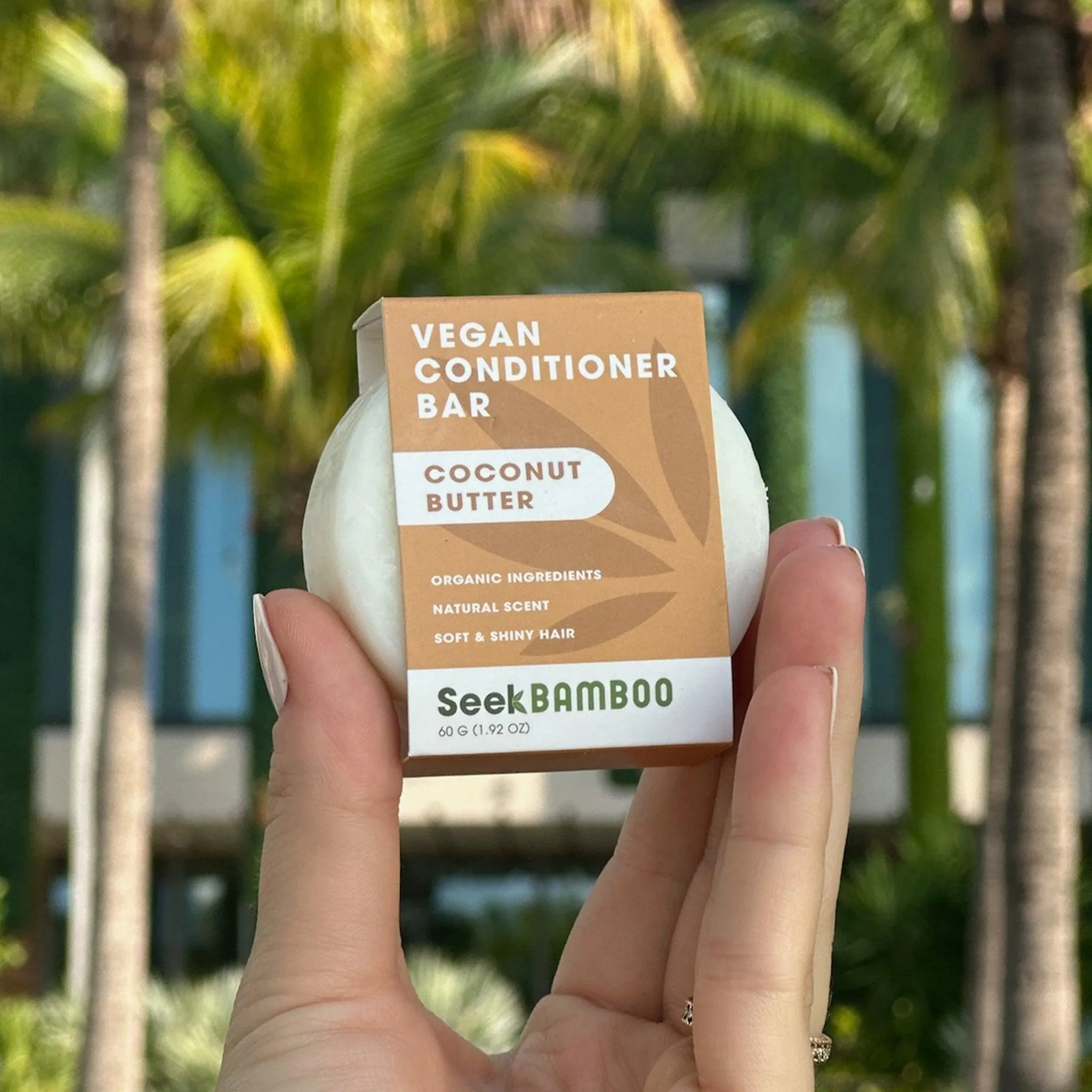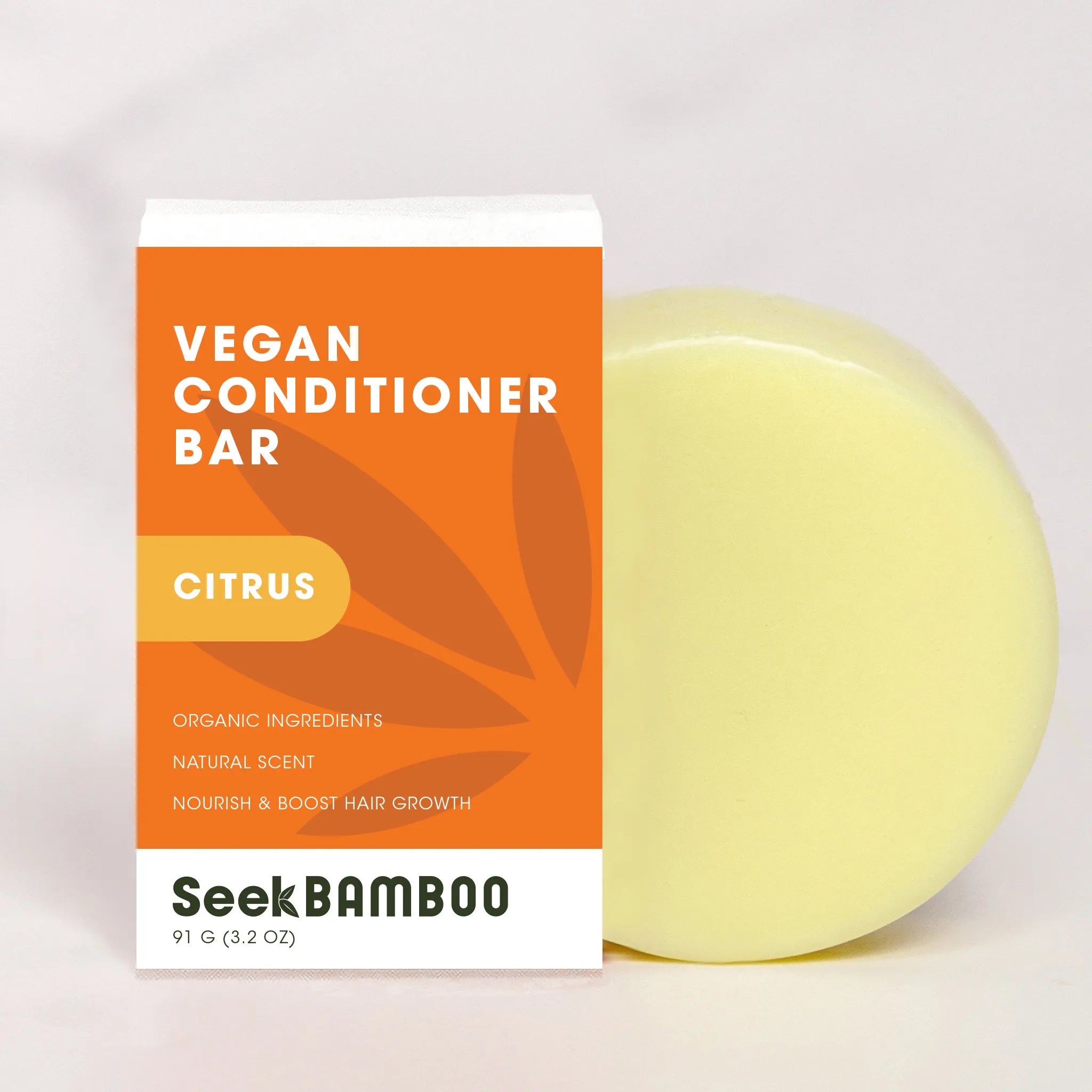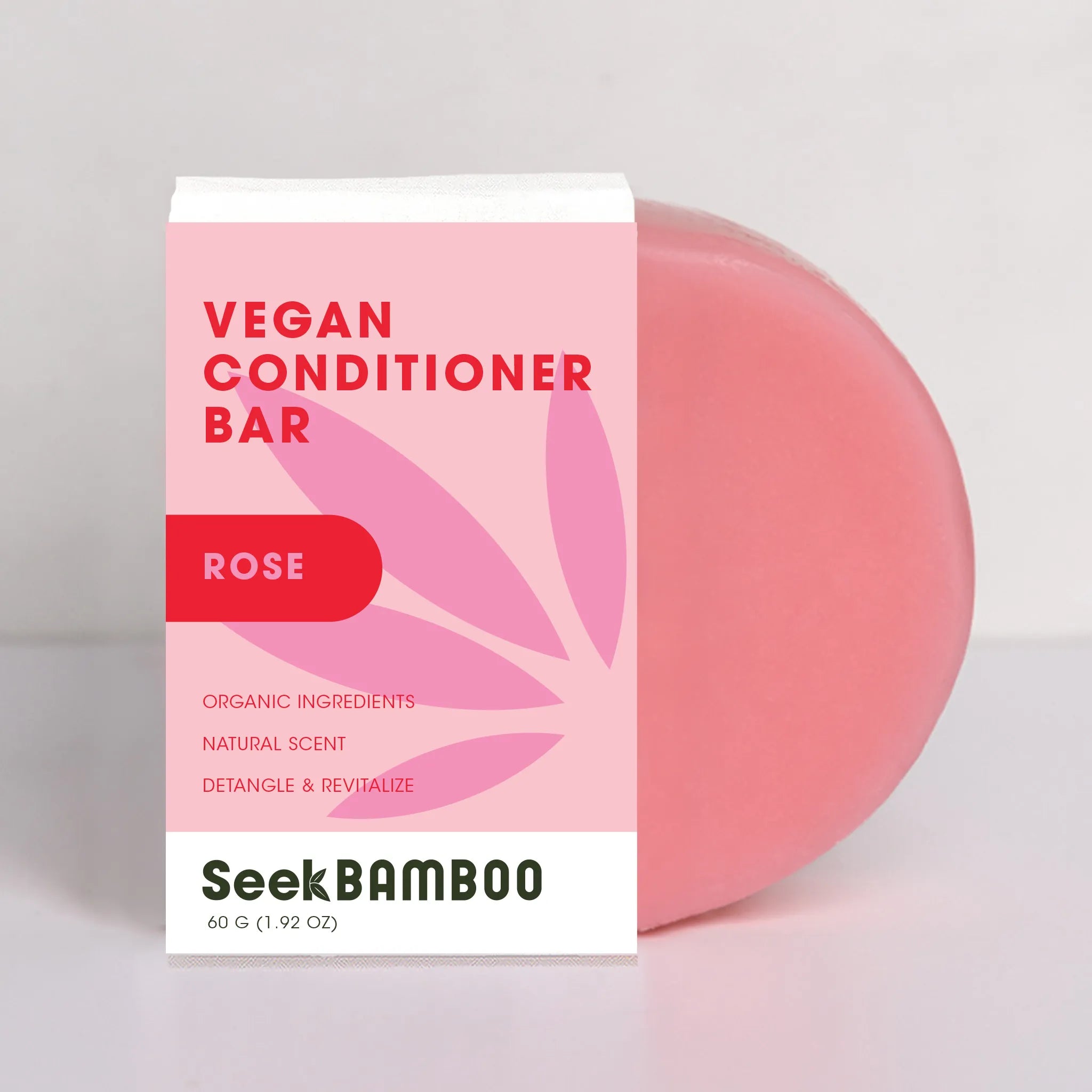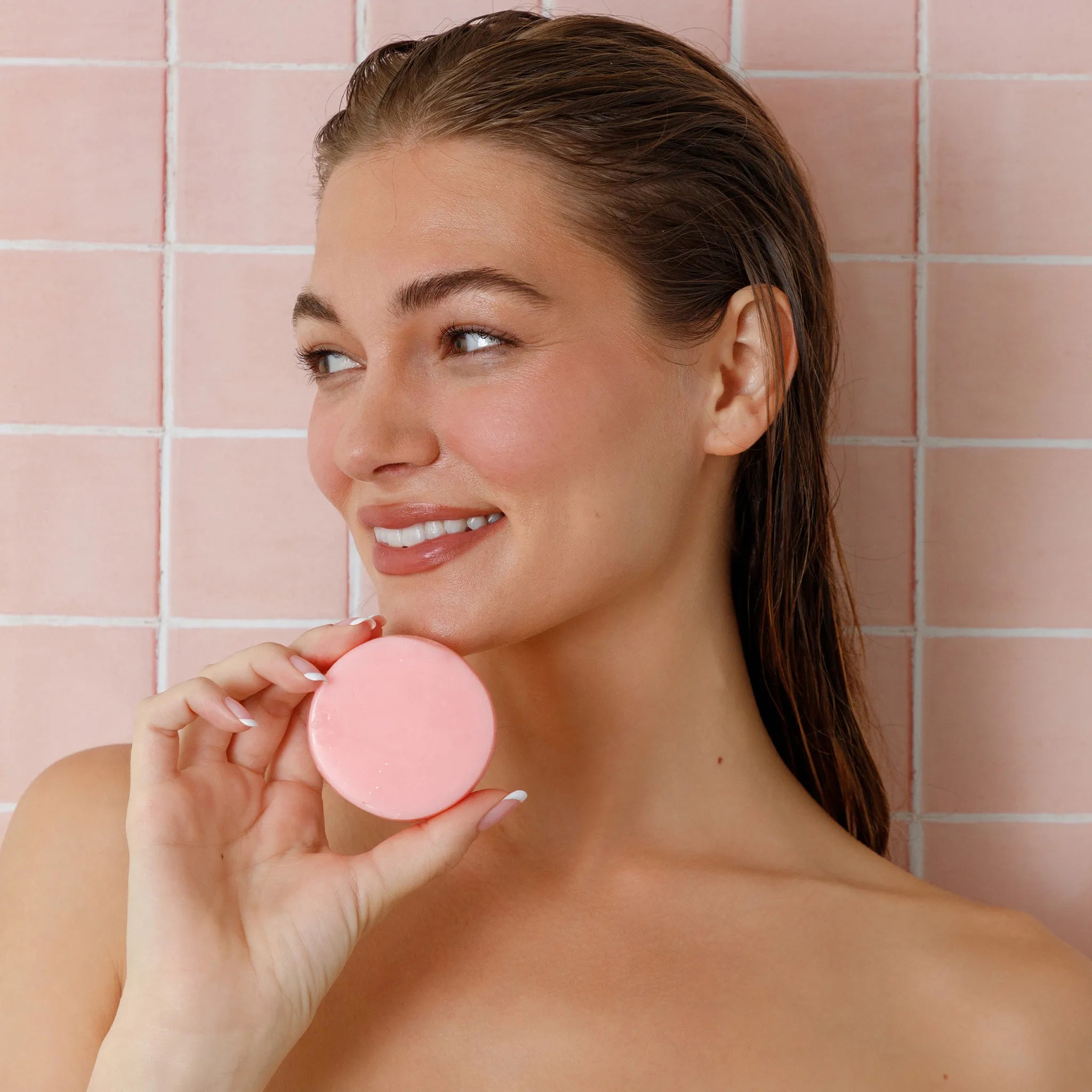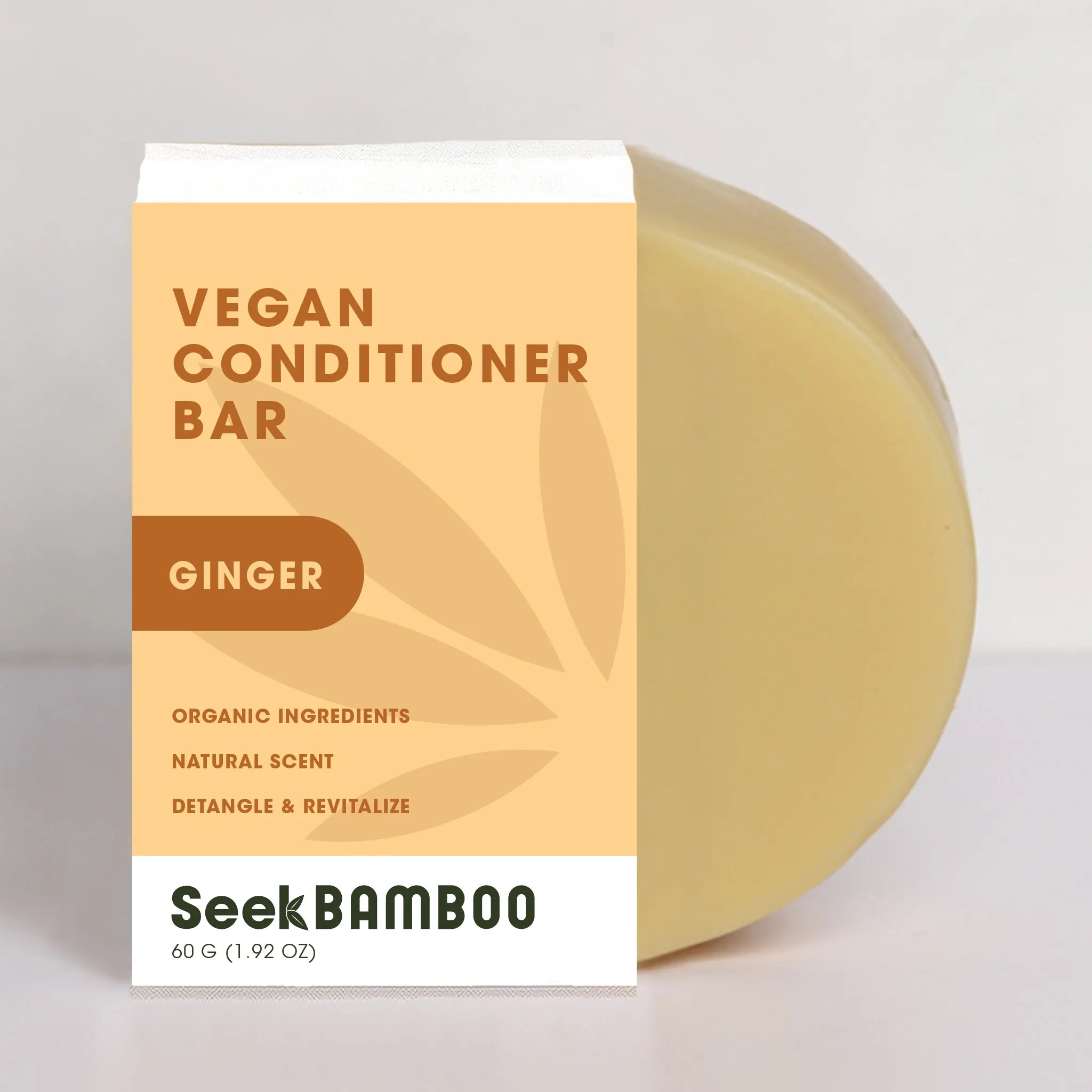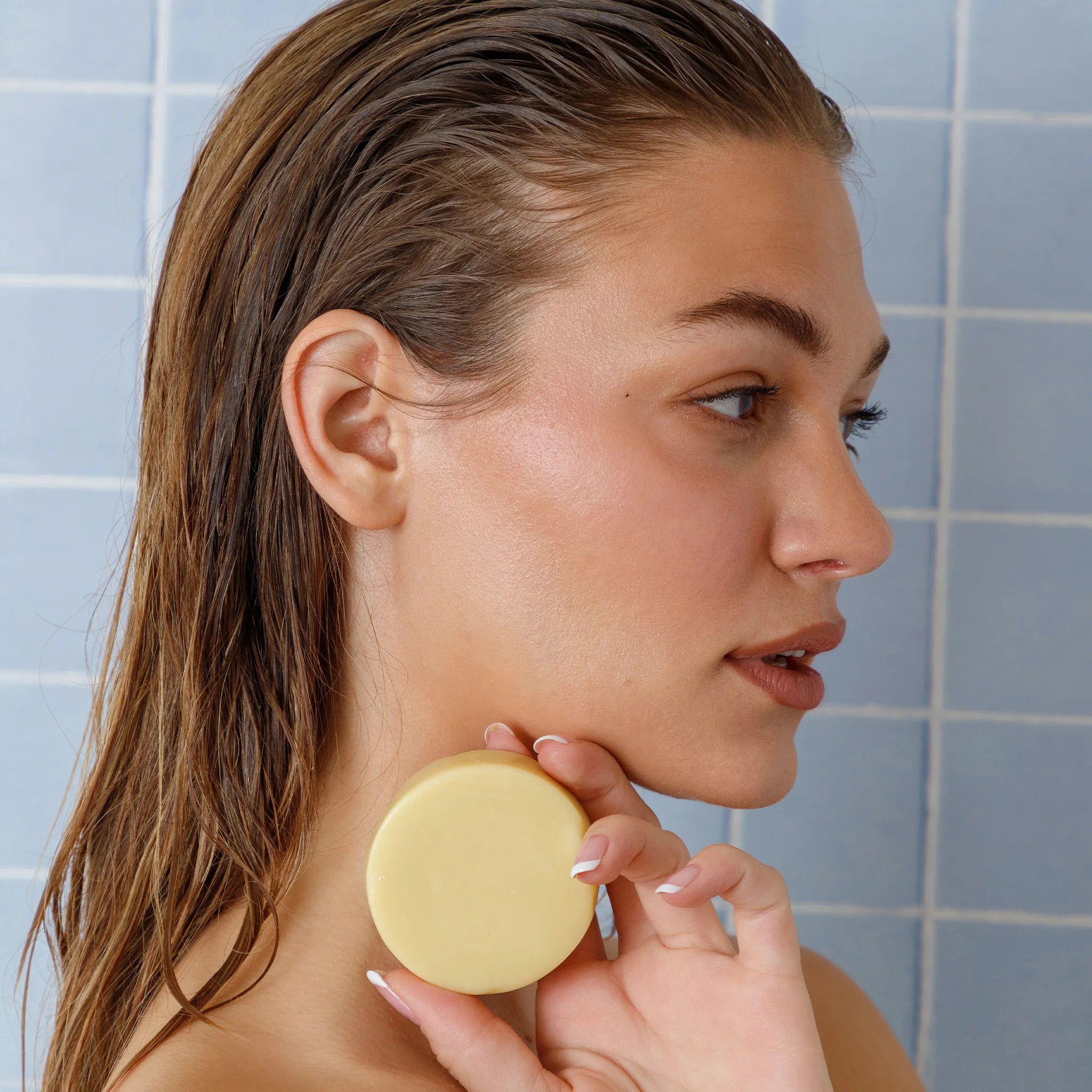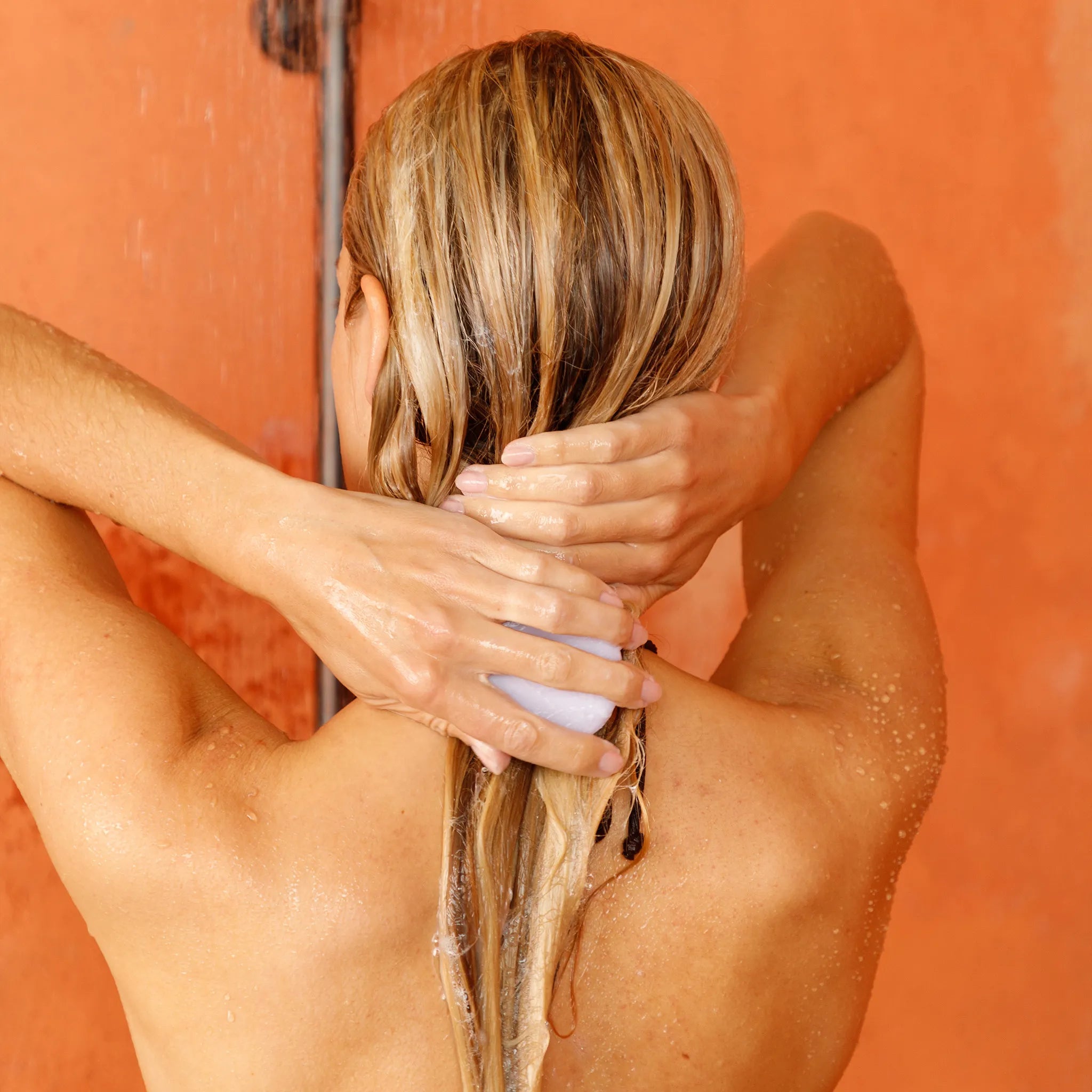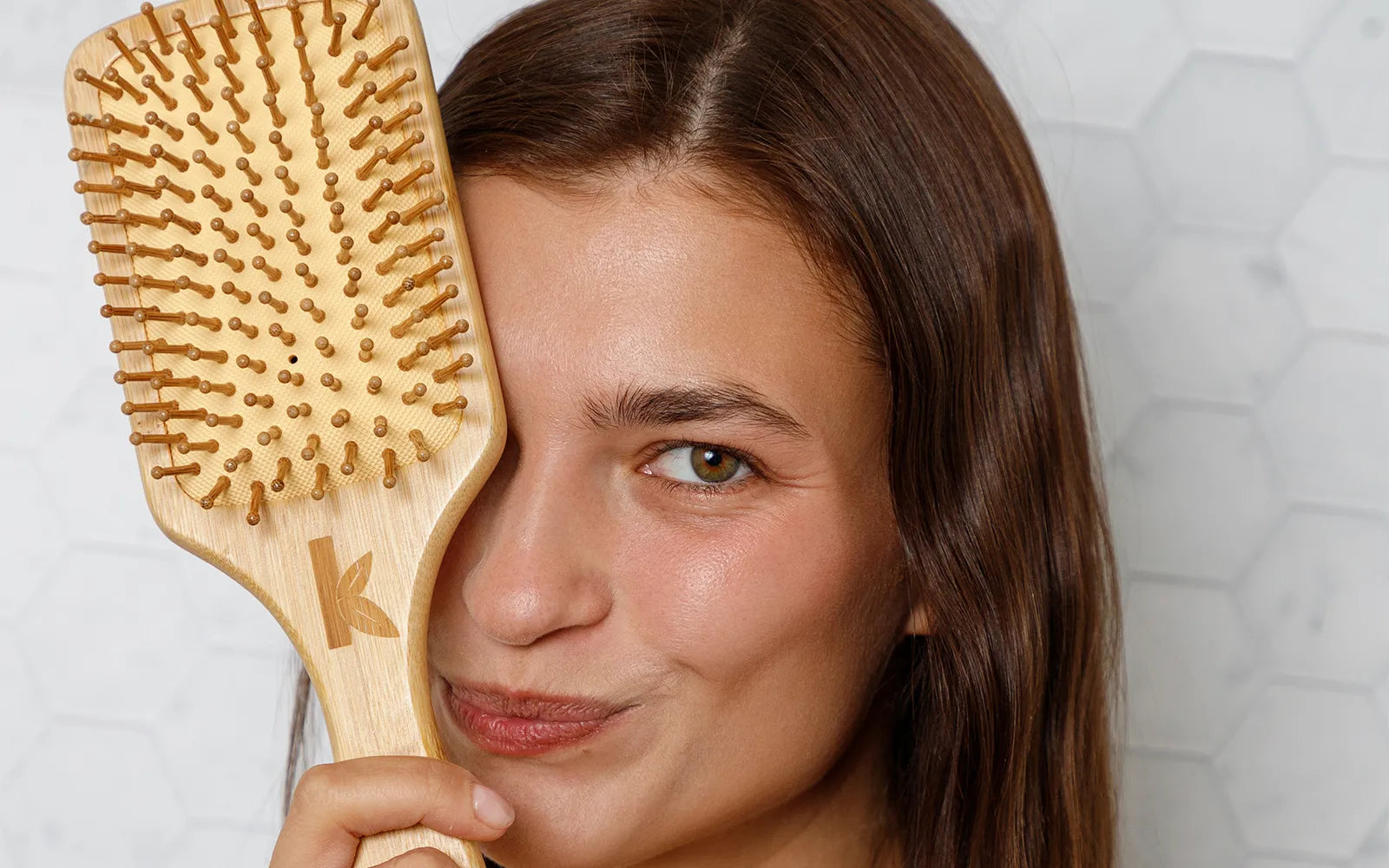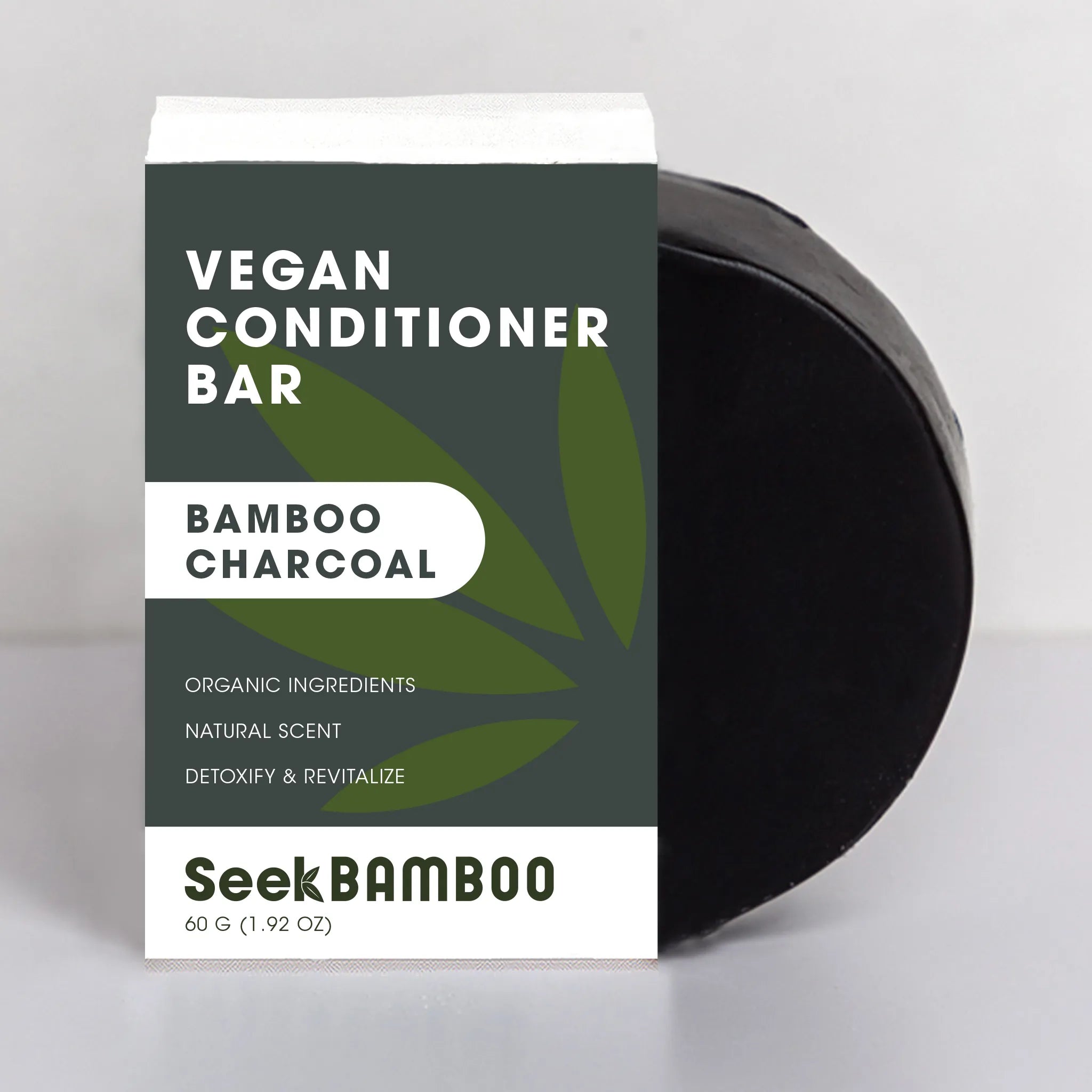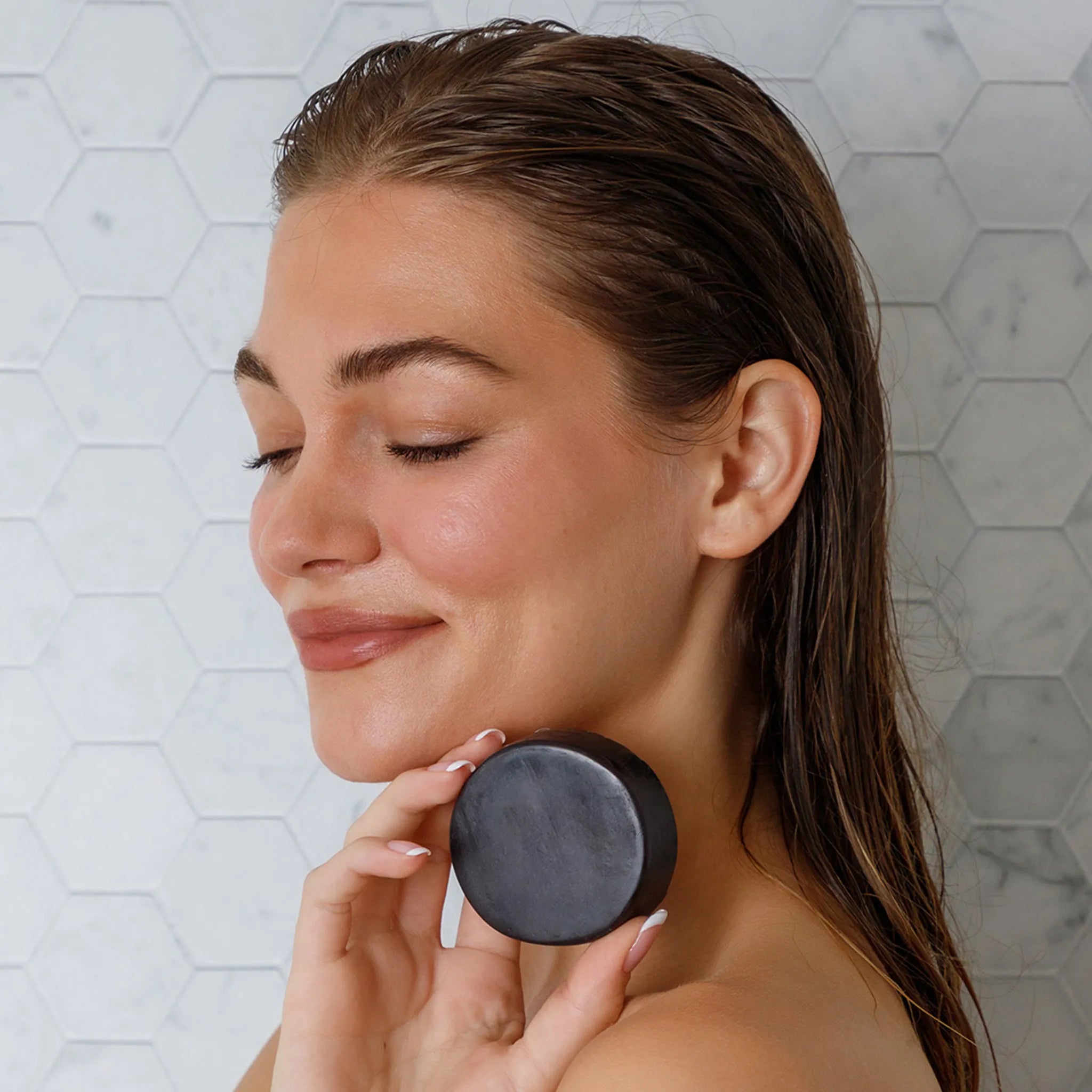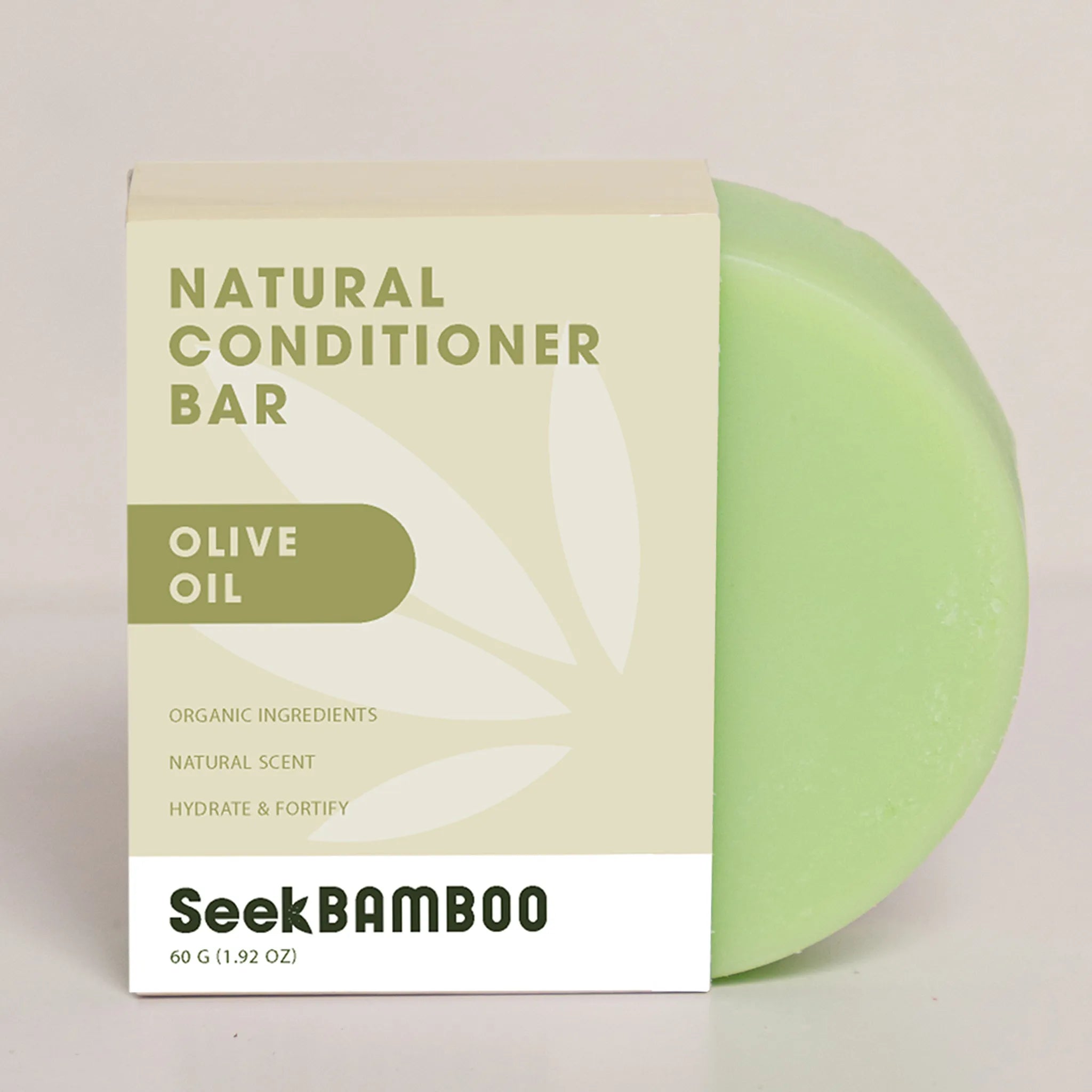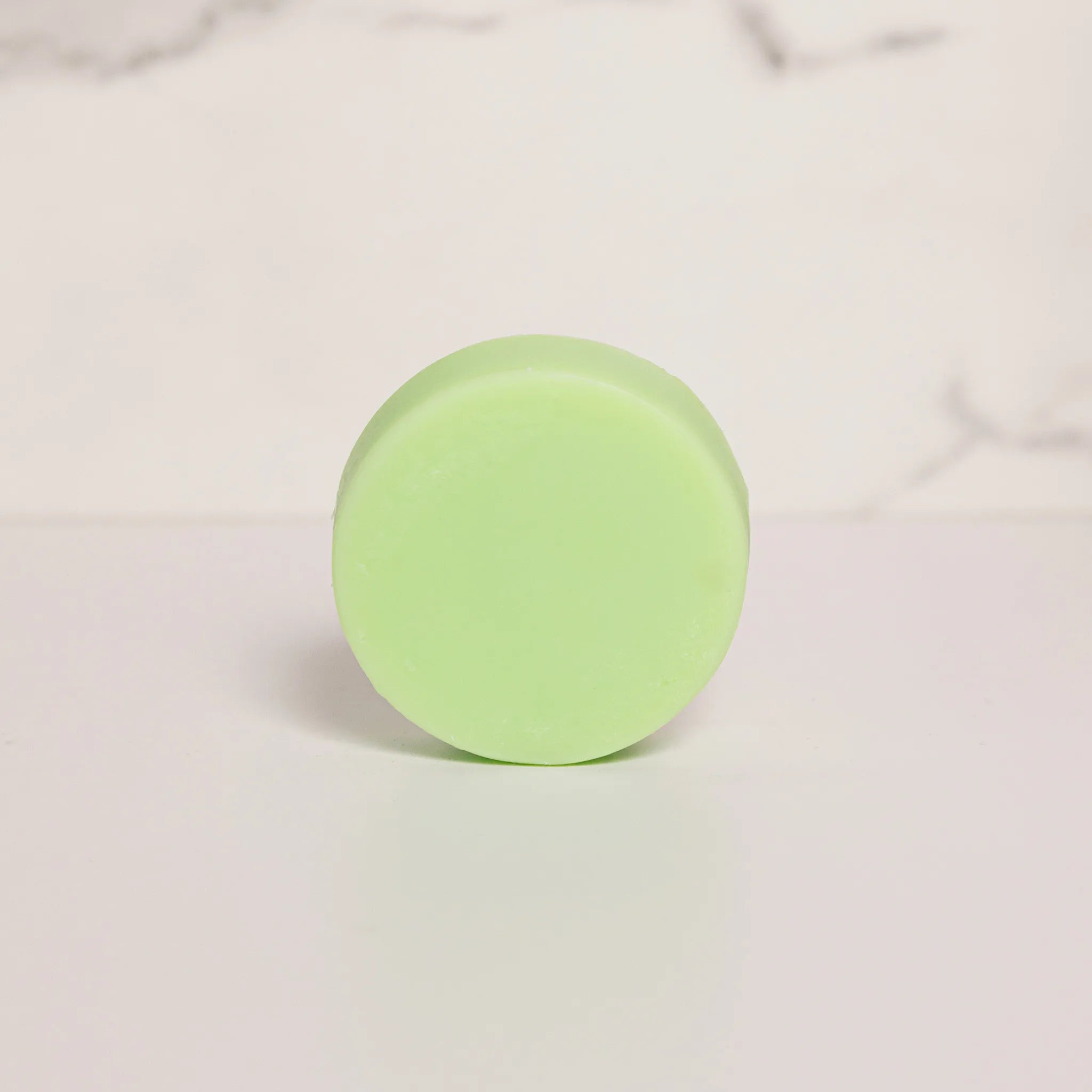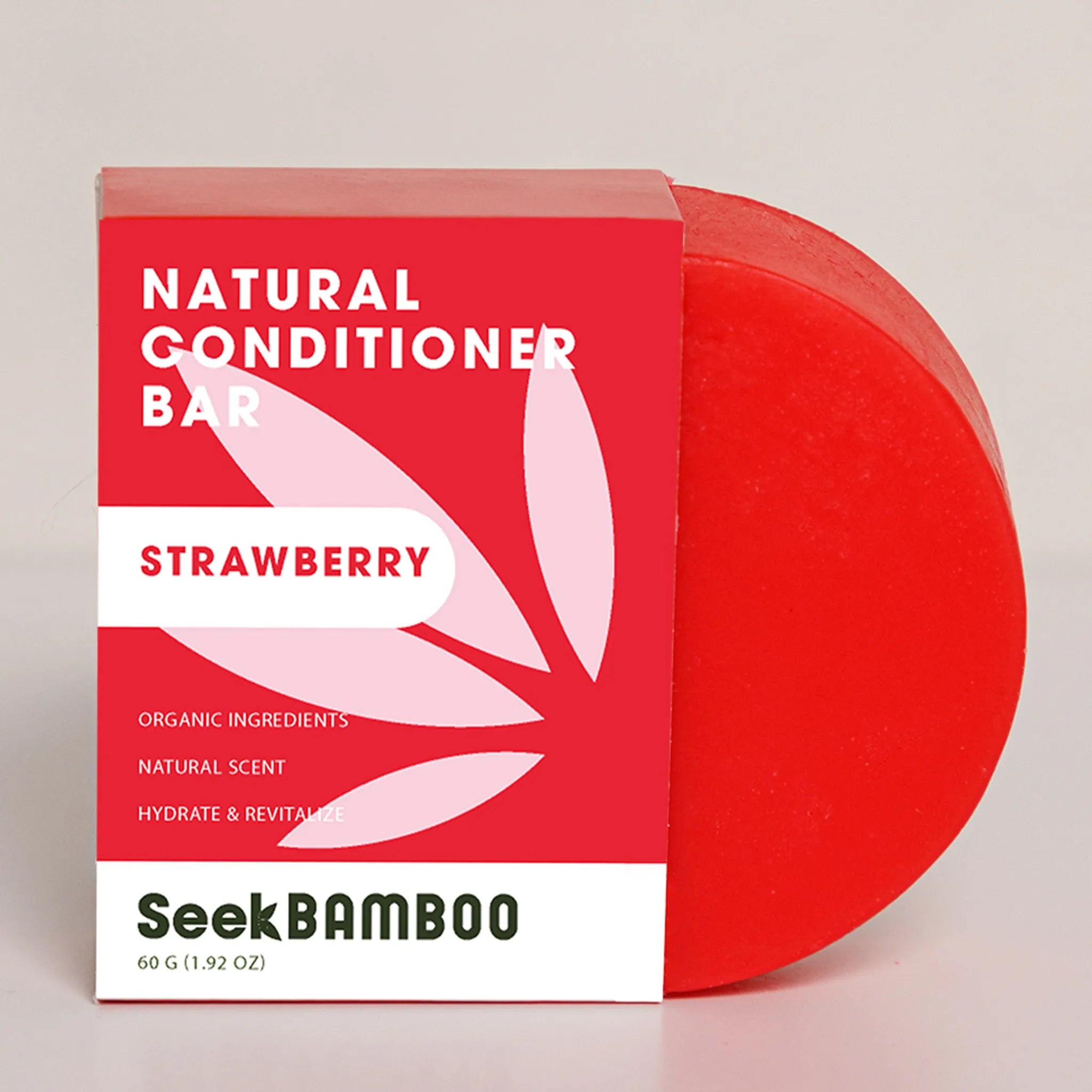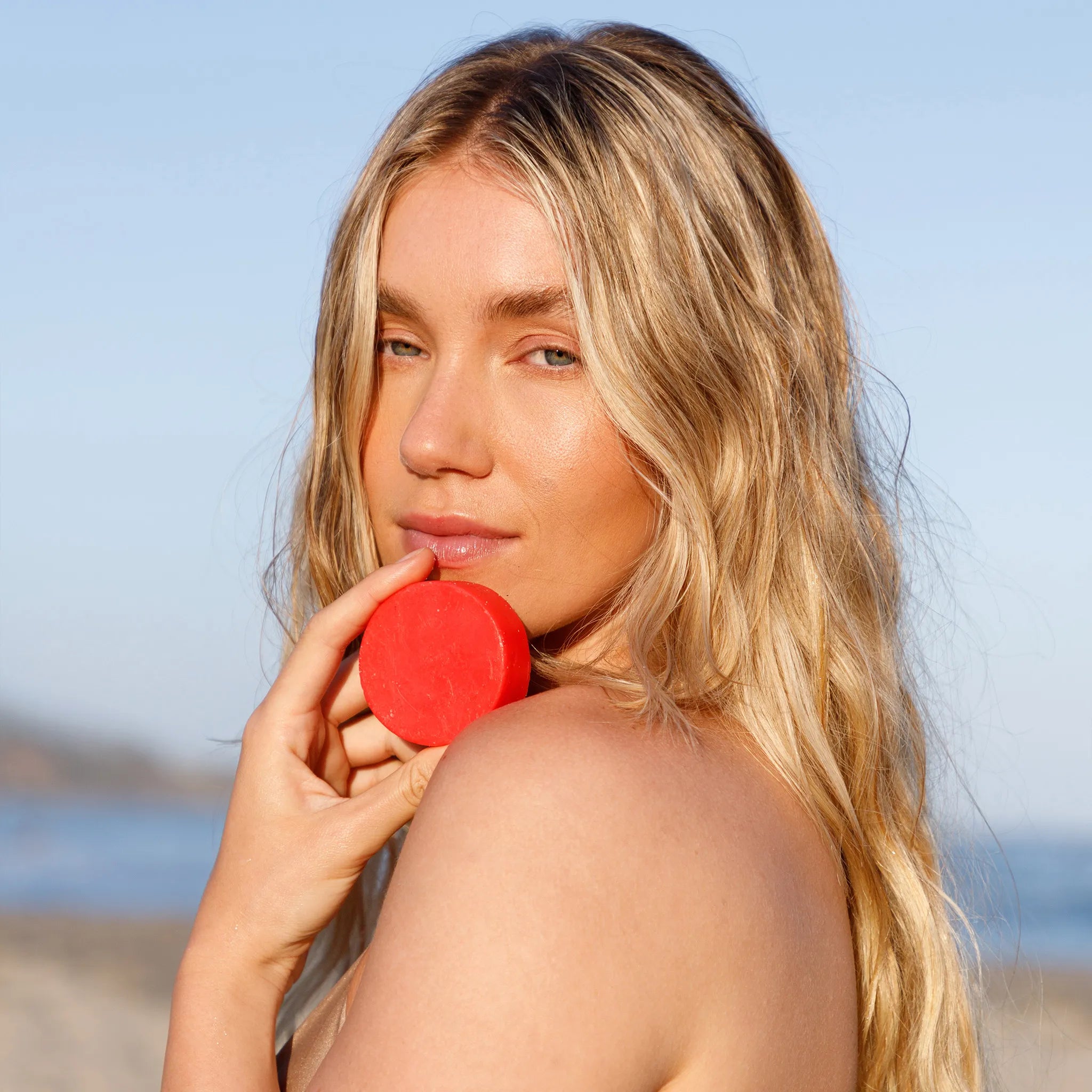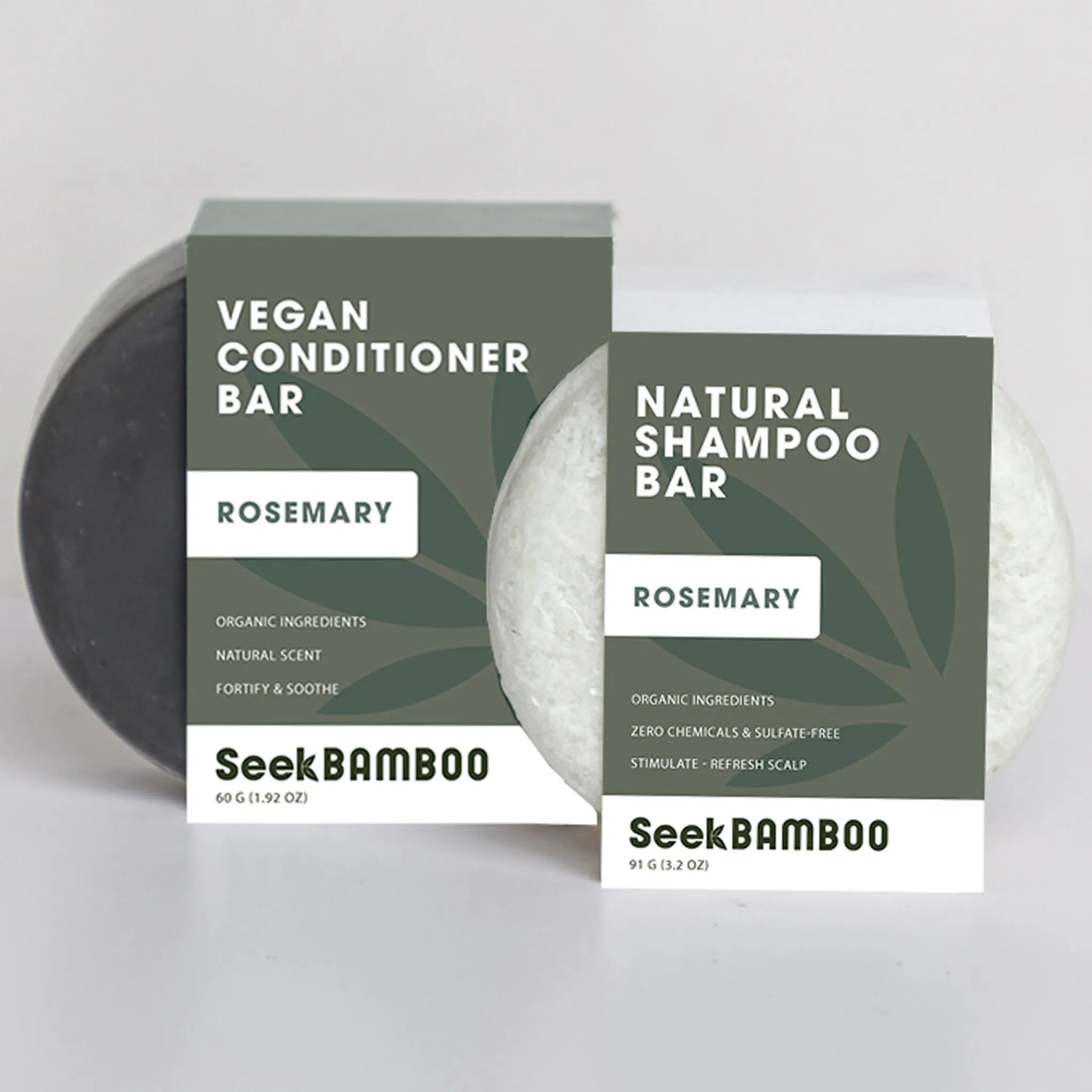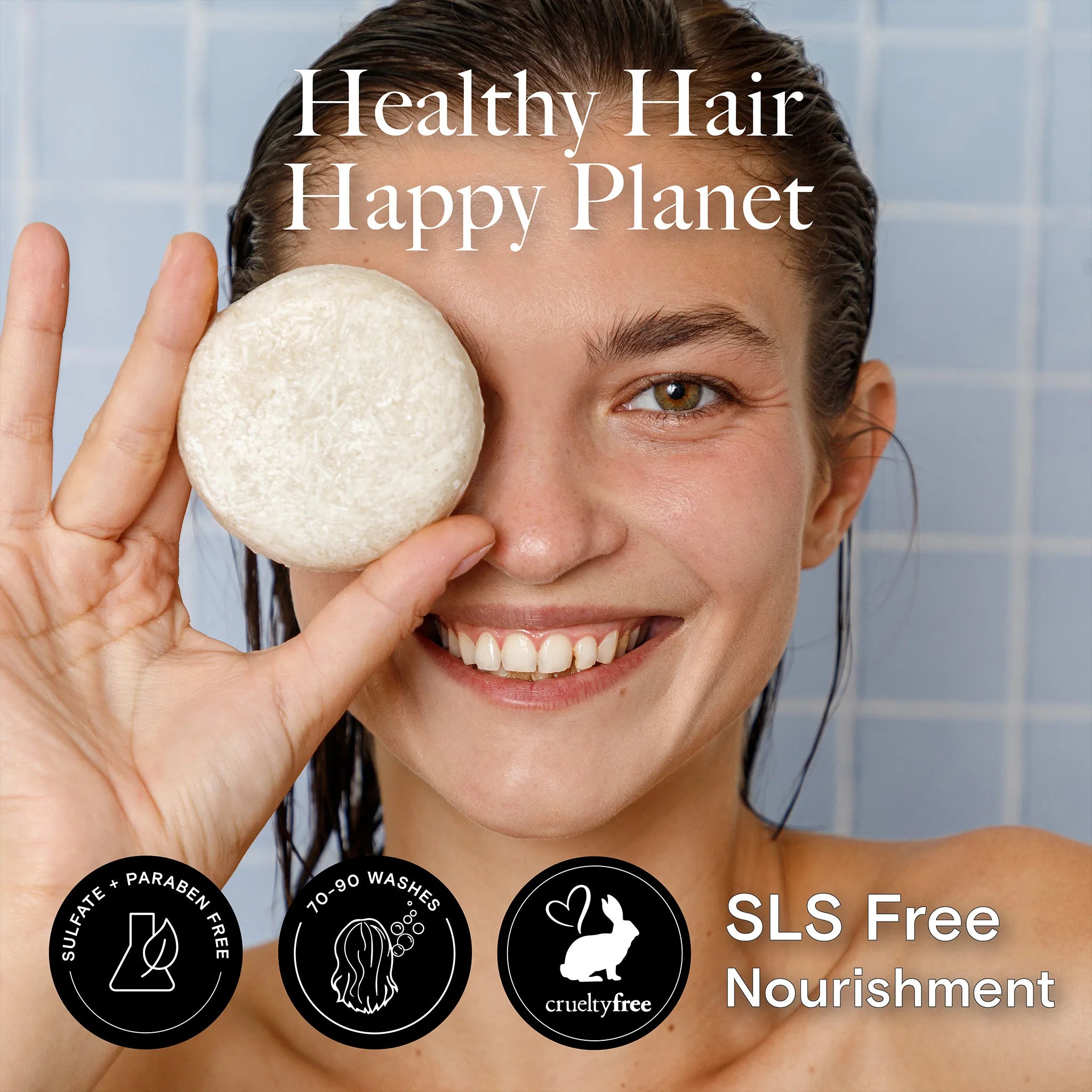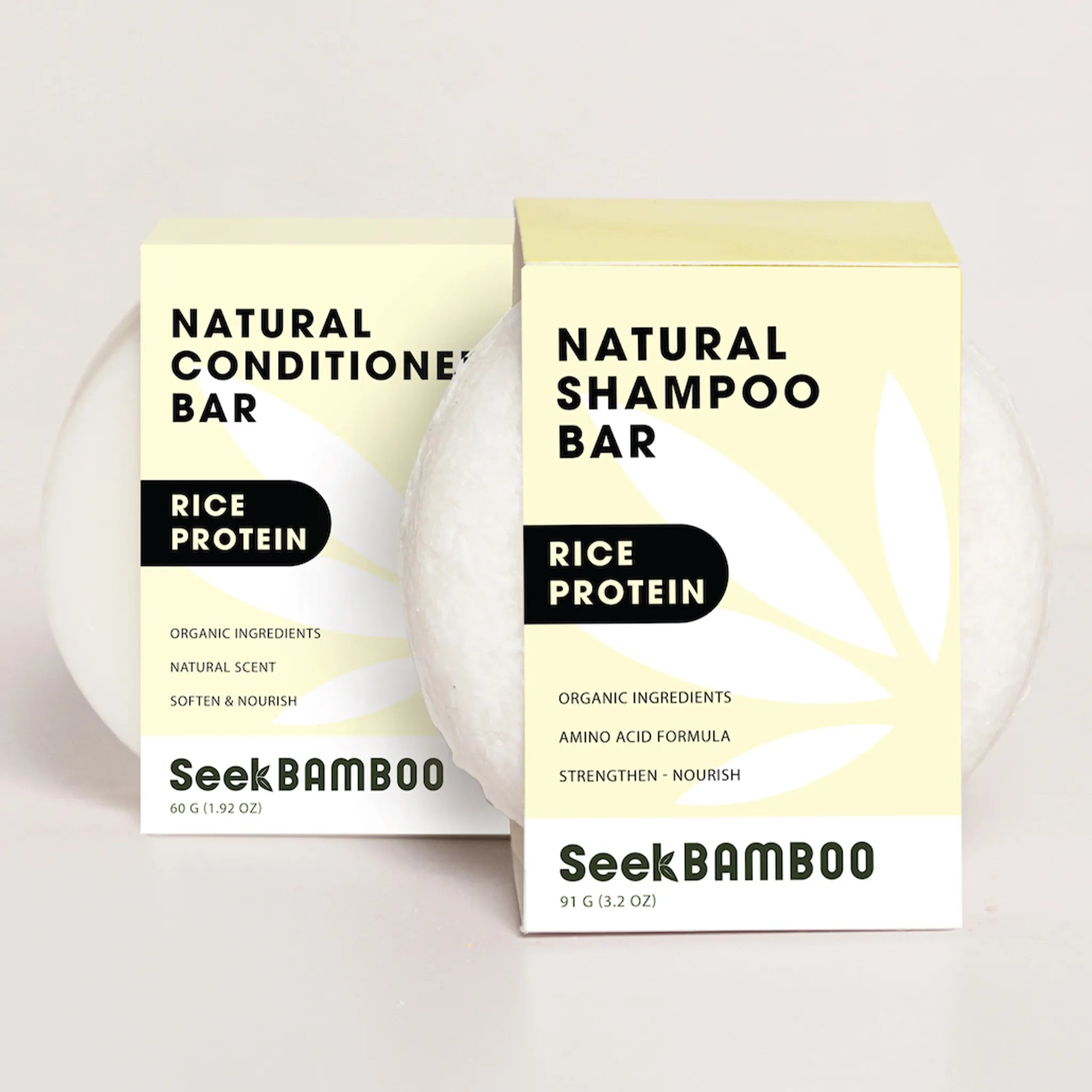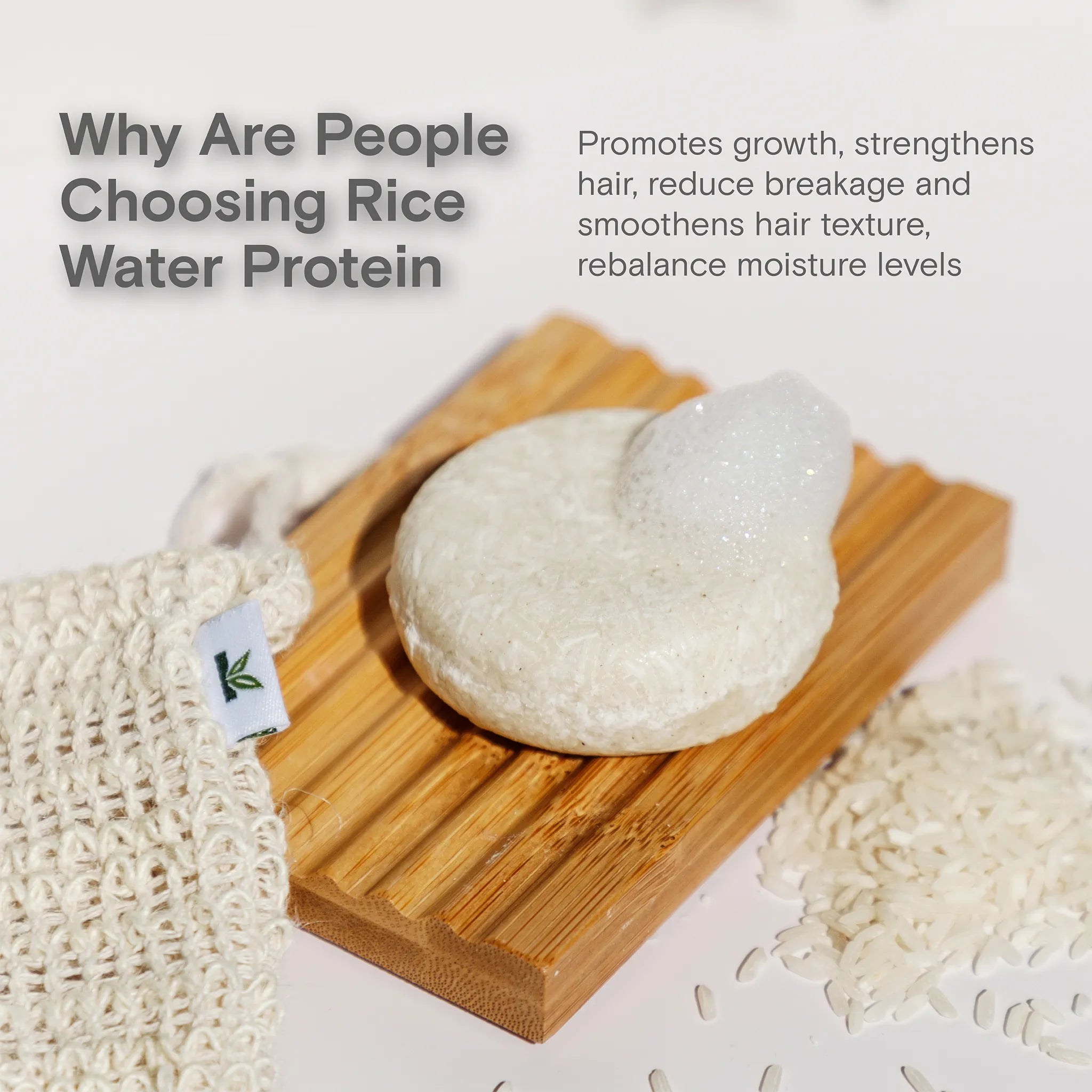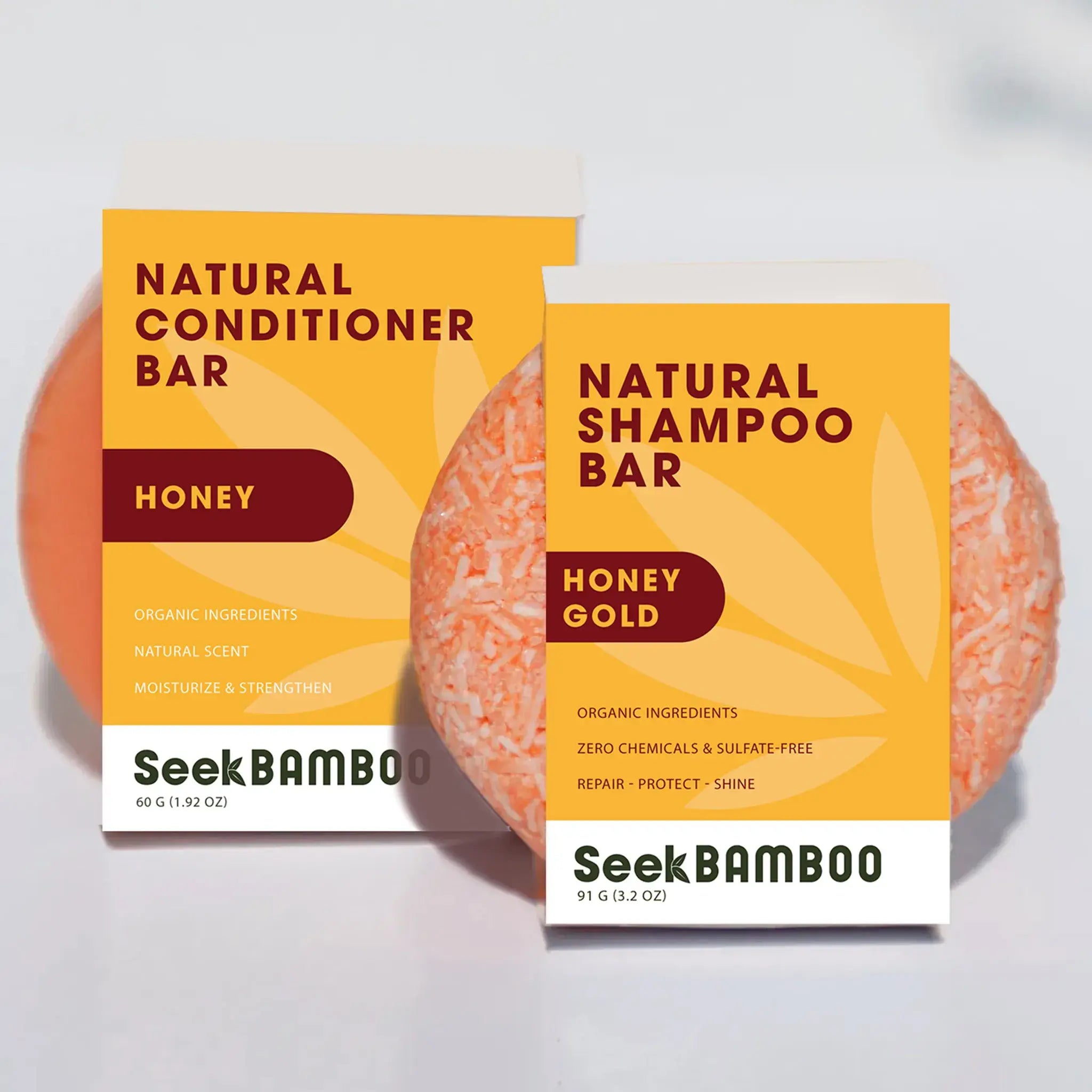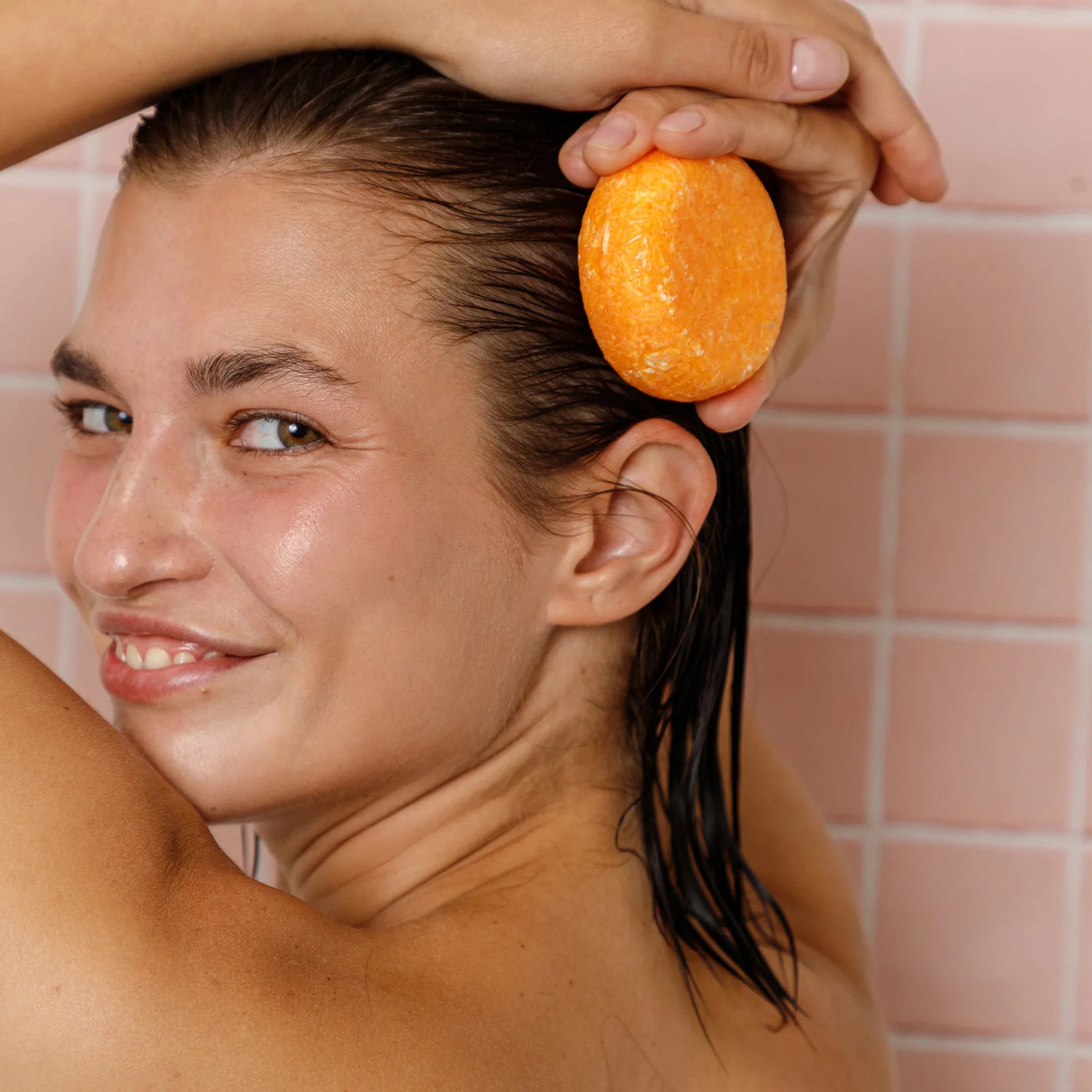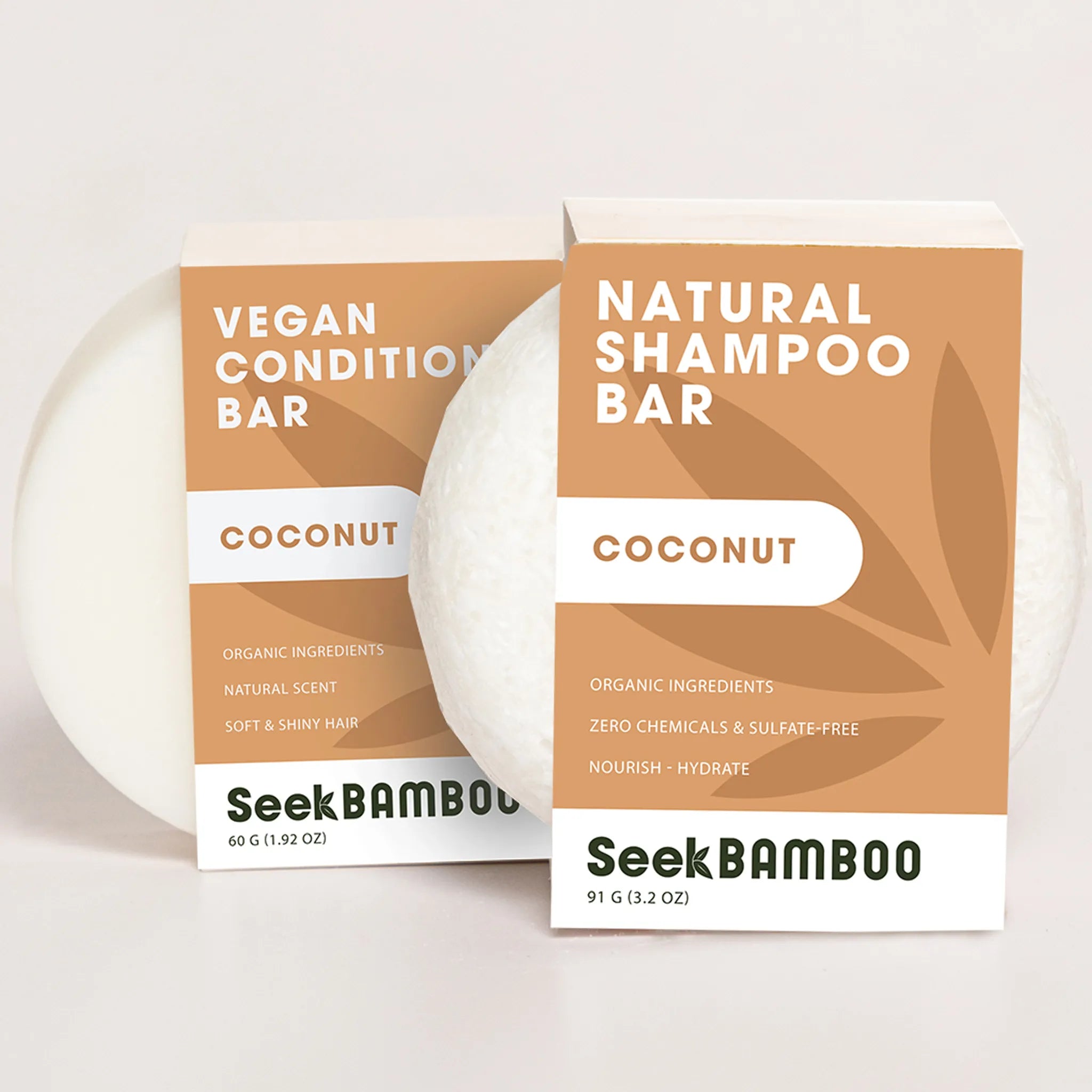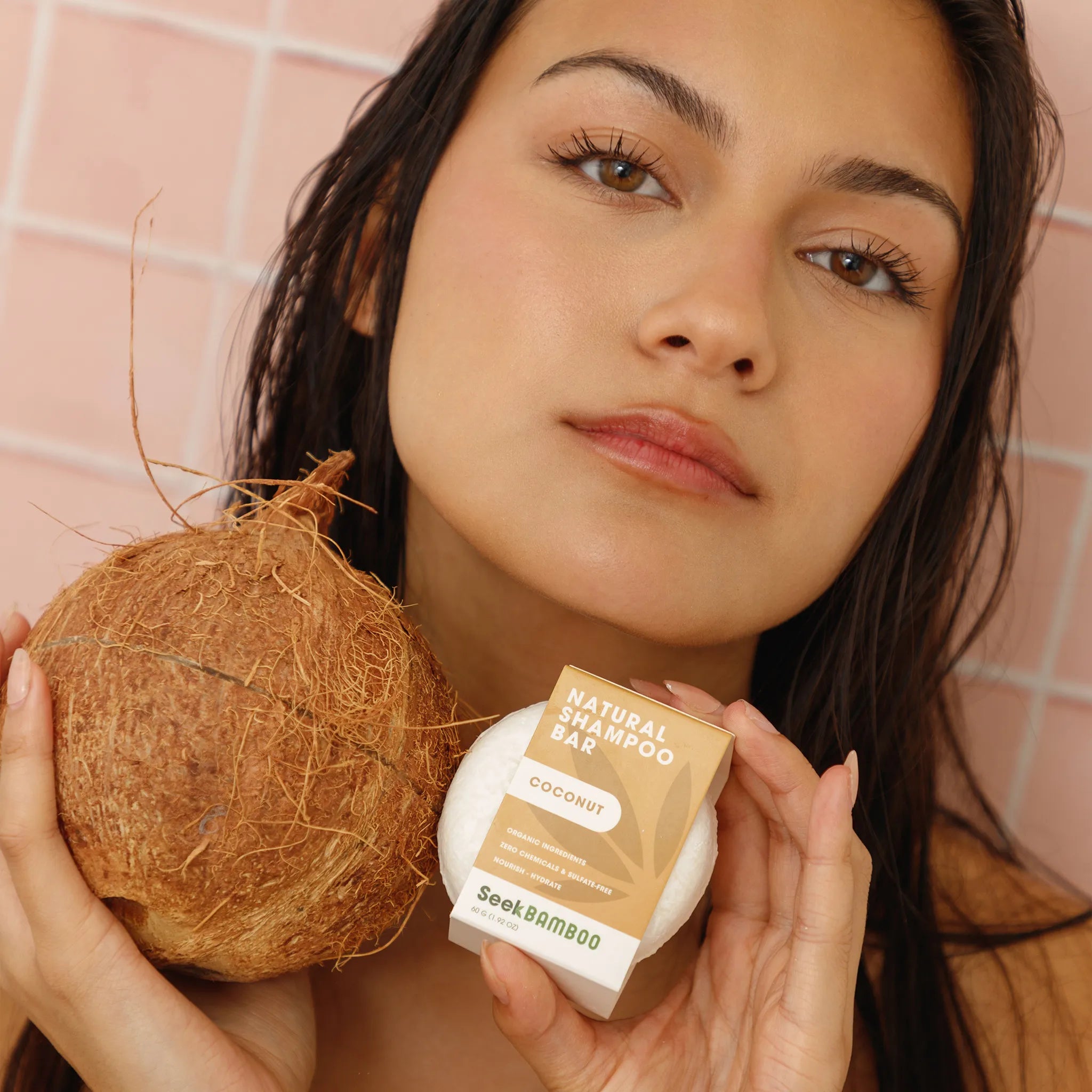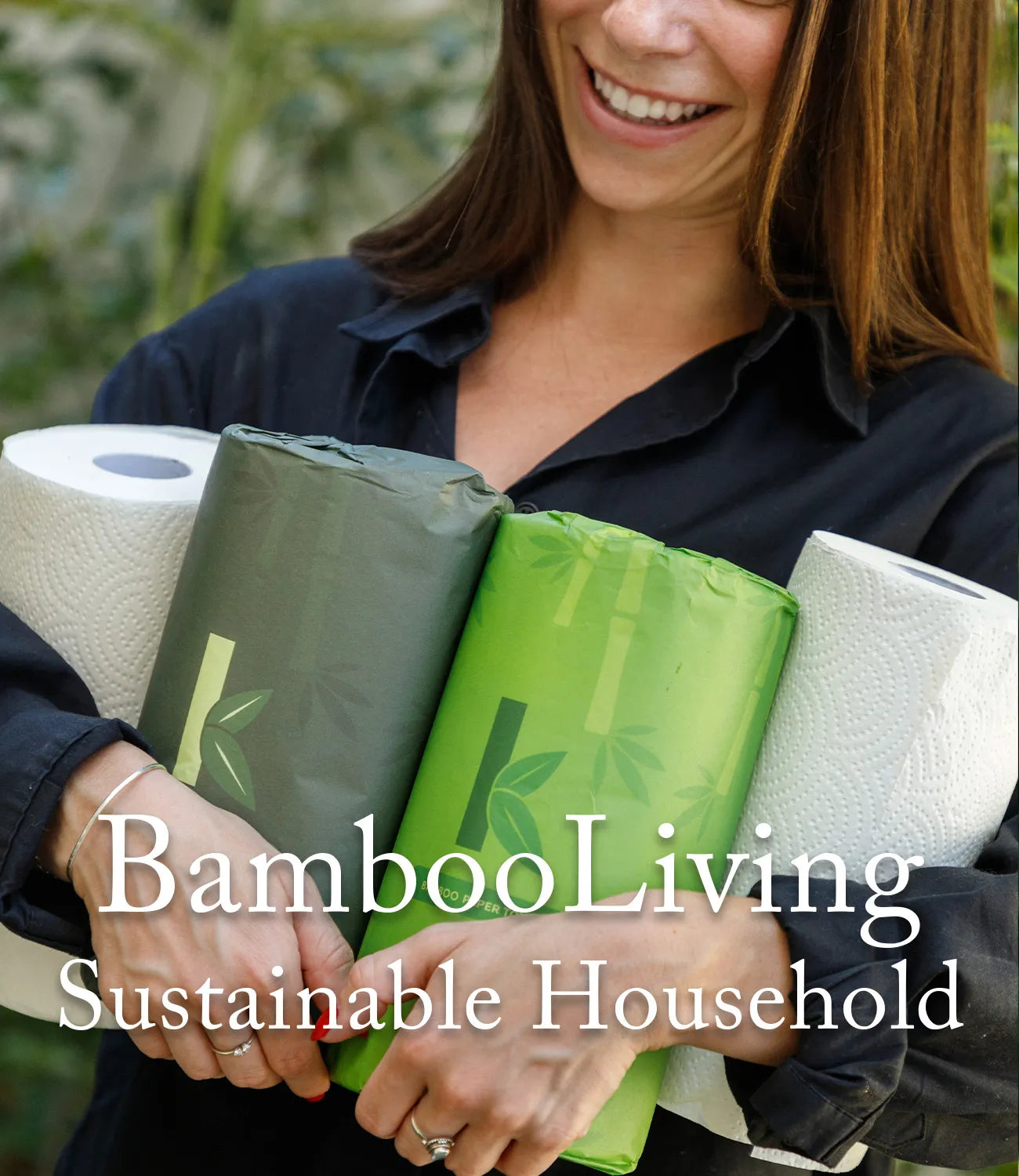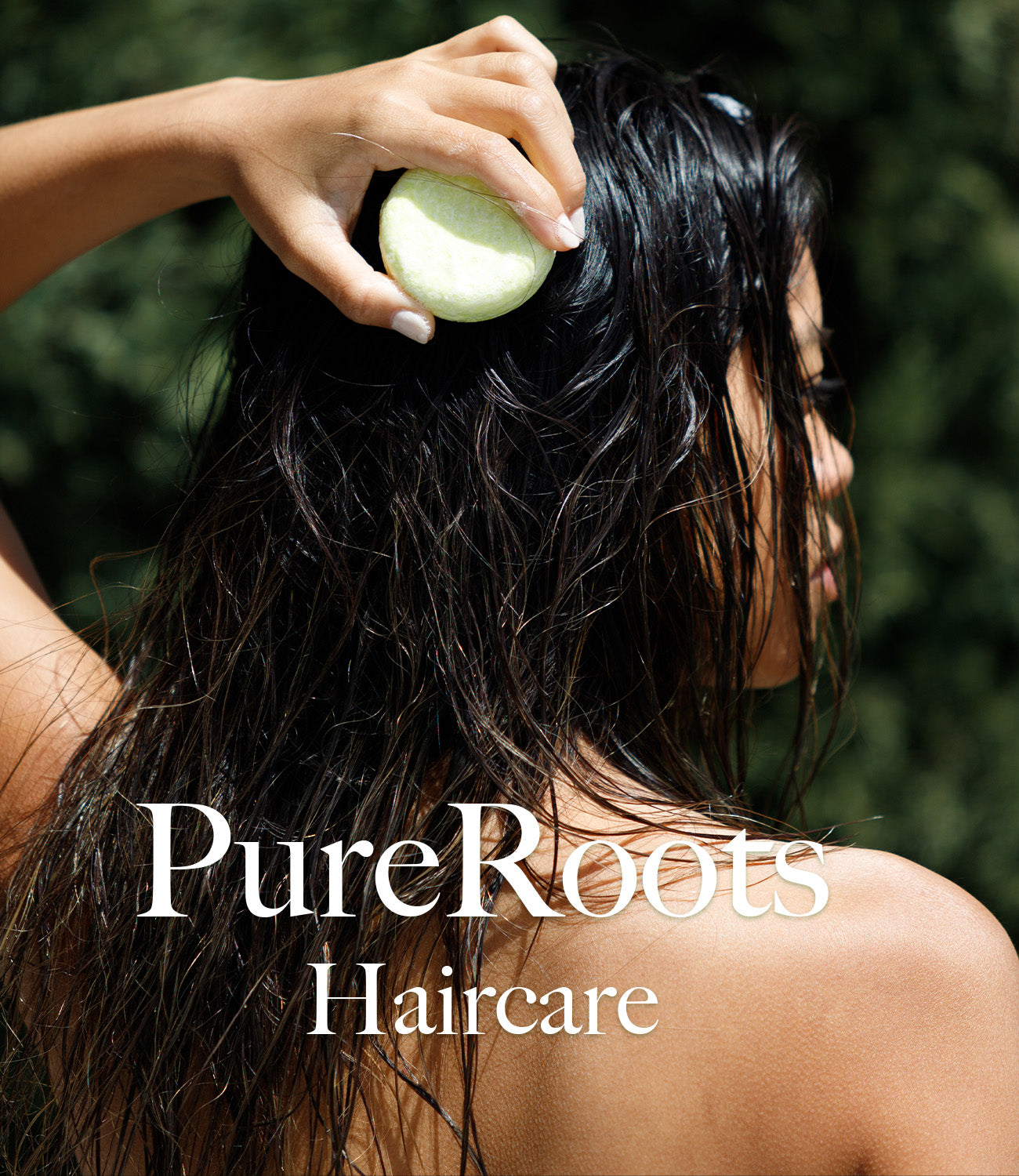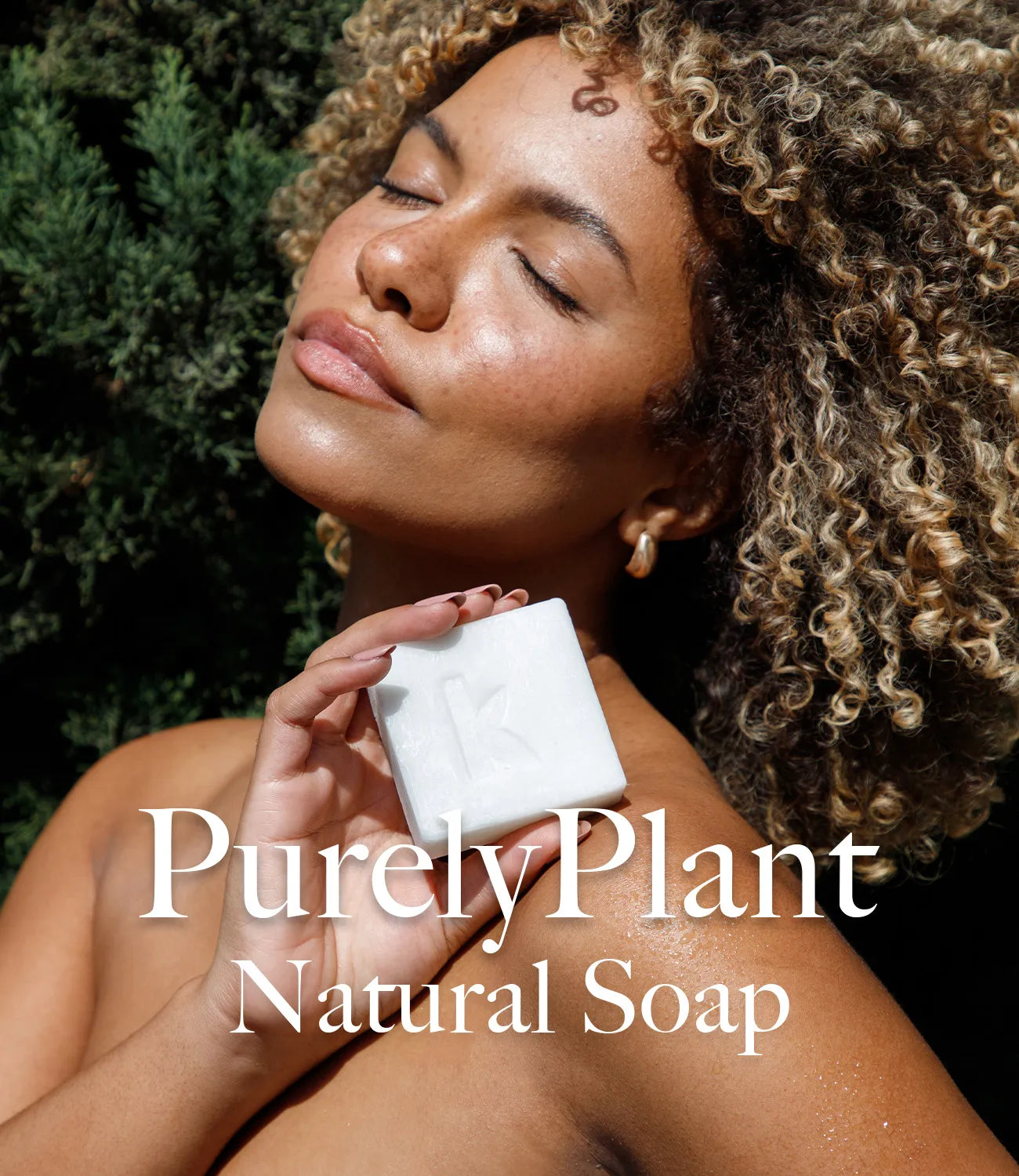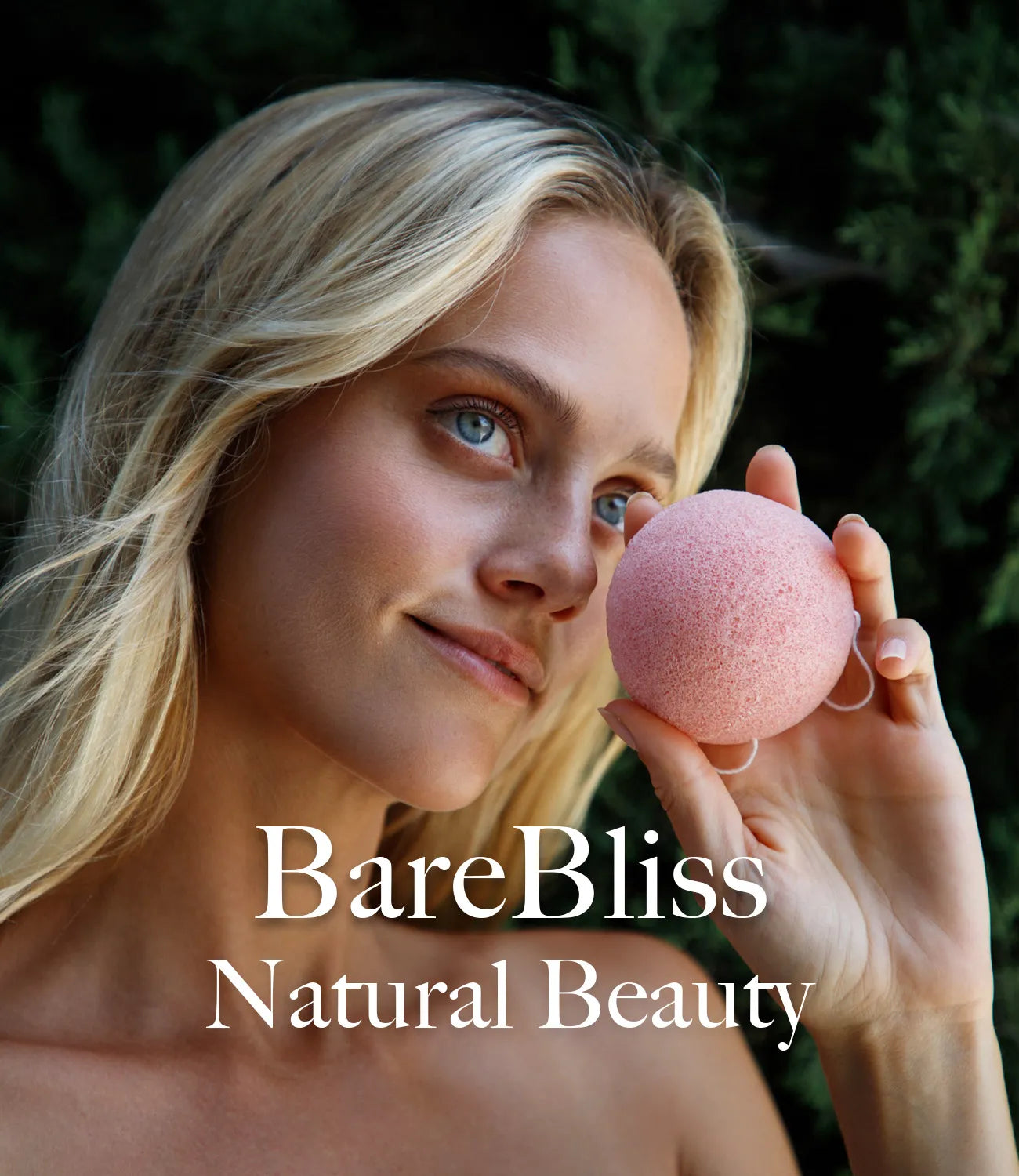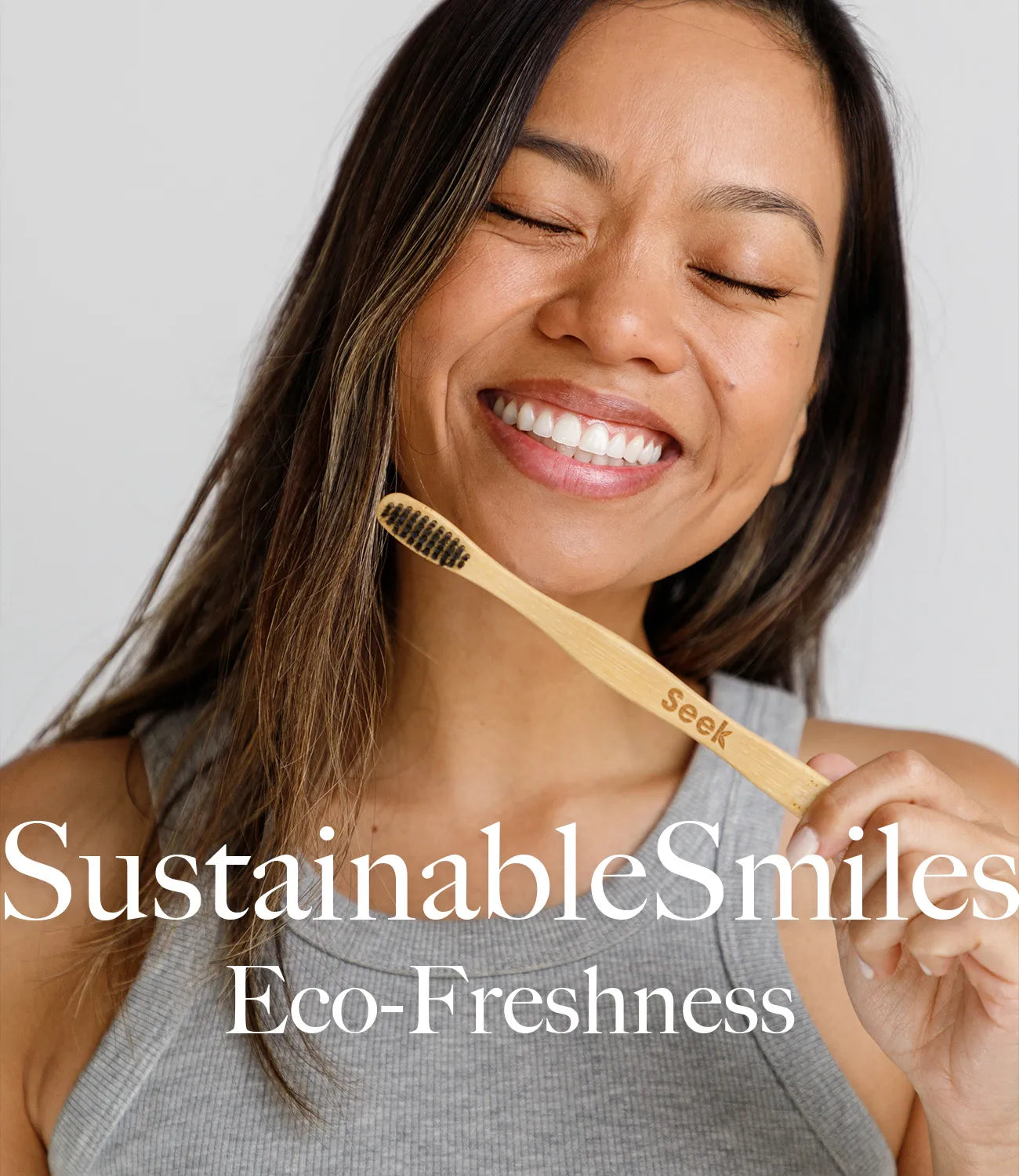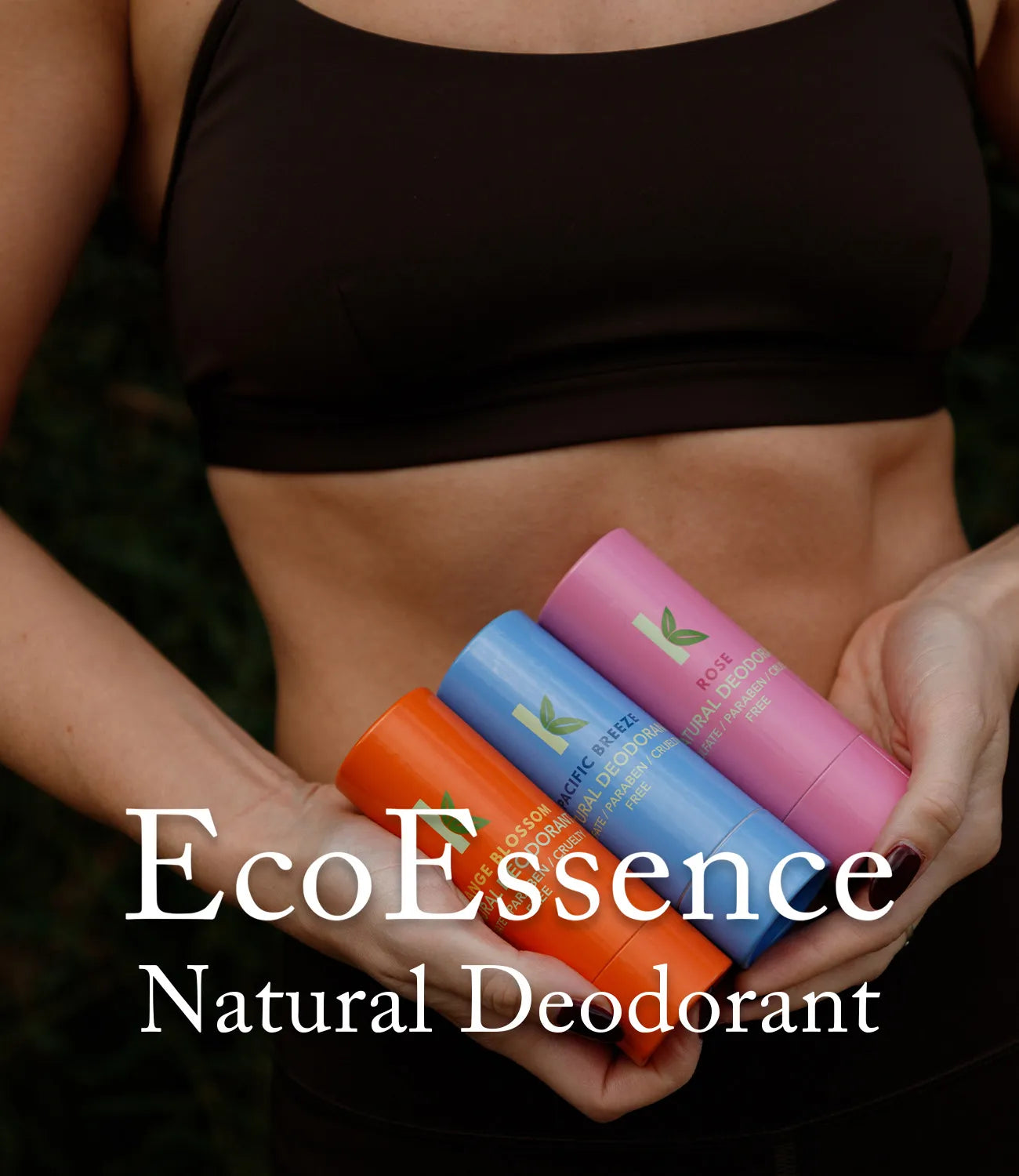Conditioner Solutions for Healthy Hair
Filters
16 products
Shampoo & Conditioner
Wash Away Doubts: Our FAQ
Squeaky Clean Queries! Let Seek Bamboo Help Unravel all of the Sudsy Secrets Regarding our Conditioner Bars.
What is a conditioner bar?
Conditioner bars are concentrated blocks of conditioner that can be used in place of traditional liquid conditioners. They are typically made from natural ingredients and are designed to be long-lasting and environmentally friendly, as they reduce the need for plastic packaging.
How do you use a conditioner bar?
Using a conditioner bar is simple:
- Wet your hair after shampooing.
- Glide the bar directly over your hair, focusing on the mid-lengths and ends where moisture is needed most.
- Massage with your fingers to evenly distribute the conditioner.
- Let it sit for 1–2 minutes so the nourishing butters and oils can absorb.
- Rinse thoroughly with warm water.
For extra hydration, leave the conditioner in a bit longer as a mini deep-conditioning treatment. Our bars are highly concentrated, so a little goes a long way—helping you get silky, manageable hair without excess product or waste.
How long does a conditioner bar last?
On average, a conditioner bar lasts 50–75 uses, depending on your hair length, thickness, and how often you condition. That’s often the equivalent of 2–3 bottles of liquid conditioner—without the plastic waste.
To get the most out of your bar, store it somewhere dry between uses so it can fully air dry. A well-cared-for conditioner bar not only saves you money but also helps reduce your environmental footprint, all while keeping your hair healthy and nourished.
Is a conditioner bar suitable for all hair types?
Pamper your shampoo bar the way it pampers your hair! Rest it on our chic bamboo dish, designed with nifty grooves to keep your bar high and dry. Or, let it 'hang out' in a soap savor bag - easy, breezy, eco-friendly storage solution. Your bar, your choice!
How often should I condition my hair
The frequency of conditioning your hair depends on your hair type, texture, and overall hair health goals. Conditioning helps to hydrate, soften, and protect your strands, but over-conditioning or under-conditioning can lead to less-than-ideal results. Here’s a breakdown to help you find the right balance:
- Daily Conditioning:
For Curly, Coily, or Dry Hair: If your hair is naturally dry, curly, or coily, it may benefit from daily conditioning. These hair types often need more moisture to combat frizz and maintain their curl pattern. Consider using a leave-in conditioner for a lighter, daily dose of hydration without weighing down your hair.
Active Lifestyles: Those who wash their hair daily due to frequent workouts, exposure to pollution, or excess sweat might need to use a light conditioner every time they shampoo to replenish lost moisture.
- Every Wash Day:
For Most Hair Types: Generally, conditioning your hair every time you shampoo is a good practice. It helps restore moisture stripped away by shampooing and keeps hair soft and manageable. This is especially important if you use a clarifying or sulfate shampoo, which can be drying.
Fine or Thin Hair: If you have fine hair, try a lightweight, volumizing conditioner that won’t weigh your hair down. Applying conditioner primarily to the mid-lengths and ends can also help avoid any greasy or limp look.
- 1-2 Times a Week:
For Oily Hair: If your hair tends to get greasy quickly, you might not need to condition as often. Conditioning 1-2 times a week can still give your hair the nourishment it needs without leaving it looking flat or oily.
Deep Conditioning Treatments: Regardless of your regular routine, incorporating a deep conditioning treatment once a week can be beneficial. This can help restore moisture, repair damage, and keep hair looking healthy. For those with very dry or color-treated hair, a more intensive, moisture-rich mask can work wonders.
- Leave-In Conditioners & Oils:
Additional Moisture Between Washes: If your hair feels dry between wash days, a leave-in conditioner or lightweight hair oil can be applied to the ends to boost hydration. These products don’t require rinsing and can help manage frizz and add shine without the need for a full wash.
Finding Your Perfect Routine:
Understanding your hair’s unique needs is key. If you notice your hair feeling heavy, greasy, or weighed down, you may be over-conditioning. On the other hand, if it feels dry, brittle, or lacks shine, you might need to condition more often or switch to a more hydrating formula.
Experimenting with different routines and products will help you discover the perfect balance that keeps your hair looking and feeling its best.
Is a conditioner bar good for the environment?
Sleek hair, sleeker planet - that's the shampoo bar promise. With no harsh chemicals to harm your hair or plastic bottles to harm our Earth, these bars are a double win for beauty and sustainability. It's time to naturally lather up and love our world a little more!
Can you travel with my conditioner bar?
Absolutely! Our conditioner bar is solid, lightweight, and TSA-friendly, so you can pack it in your carry-on with no worries about liquid restrictions. Its compact size makes it perfect for tossing in your gym bag, beach tote, or suitcase—without the risk of spills or bulky bottles. Plus, one bar lasts for dozens of washes, making it a space-saving, eco-friendly travel essential.
How do I store my conditioner bar?
To keep your conditioner bar lasting as long as possible, store it somewhere dry between uses. A soap dish with drainage, a bamboo holder, or a breathable travel tin will prevent the bar from sitting in water and becoming soft. Letting it fully air dry helps maintain its shape, extend its lifespan, and keep it ready for your next conditioning session.
How does a conditioner bar affect curly or textured hair?
A well-formulated conditioner bar can be a game-changer for curly or textured hair. Our bars are packed with rich plant butters like cocoa and shea, plus nourishing oils such as jojoba and olive that deeply hydrate and smooth the hair cuticle. This helps define curl patterns, reduce frizz, and improve manageability without weighing your hair down.
Because curly and textured hair naturally craves more moisture, our solid conditioner delivers concentrated conditioning power right where it’s needed—leaving your curls soft, bouncy, and full of definition. And since our bars are free from harsh silicones and sulfates, you get lasting hydration without buildup.
Is there a transition period when switching to conditioner bars?
For most people, switching to a conditioner bar is seamless—but if you’re moving away from silicone-heavy liquid conditioners, you may notice a brief adjustment period. Without the coating that silicones leave behind, your hair is finally able to absorb true moisture from natural butters and oils.
During the first few washes, your hair might feel slightly different as it sheds old buildup and rebalances. Within a week or two, most people find their hair becomes softer, more hydrated, and easier to manage—and those benefits only grow with continued use. Using our shampoo bar alongside your conditioner bar can help make the transition even smoother.
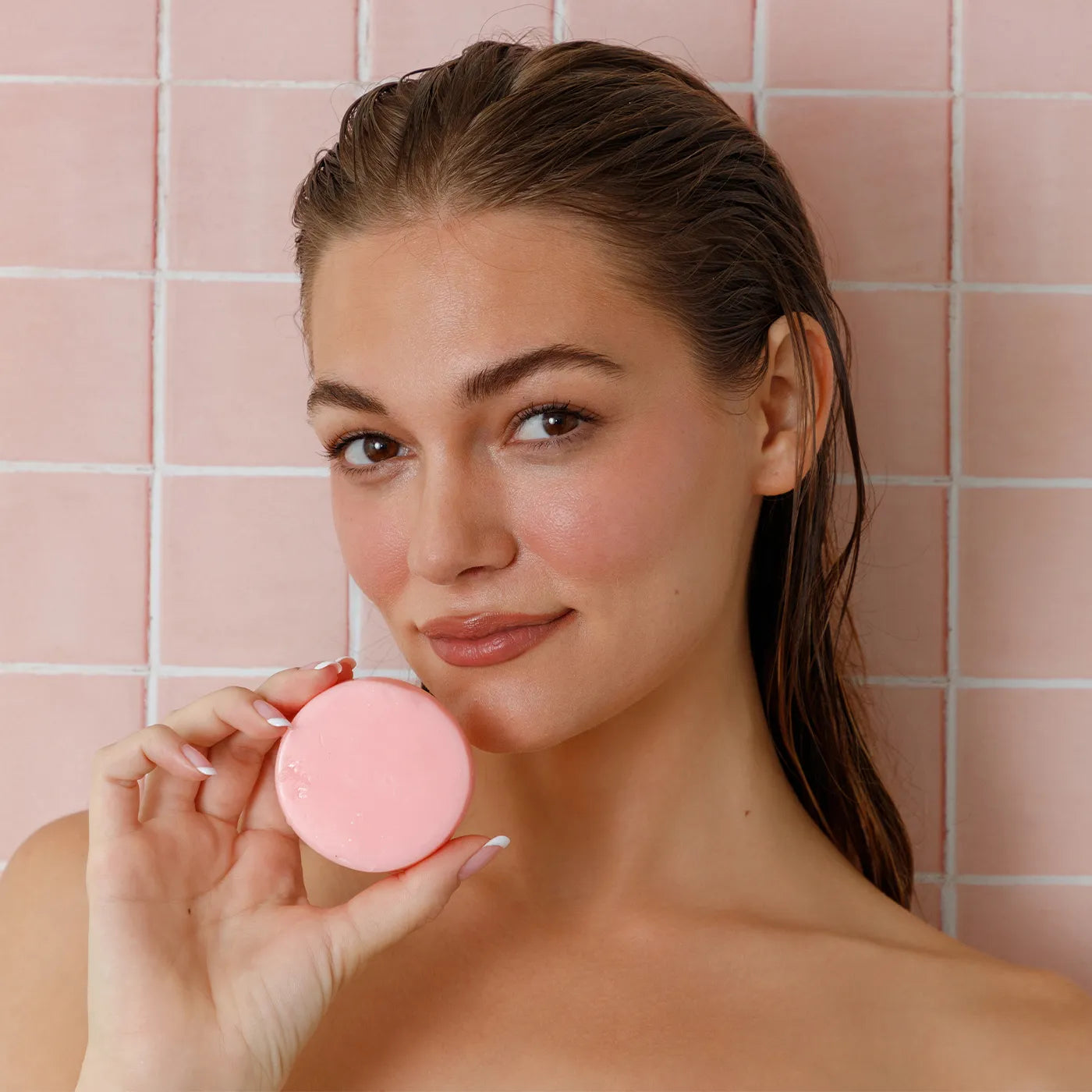
How To Use A Conditioner Bar
Master the art of using a conditioner bar for silky, smooth hair. Get step-by-step tips to make the most of this eco-friendly alternative.
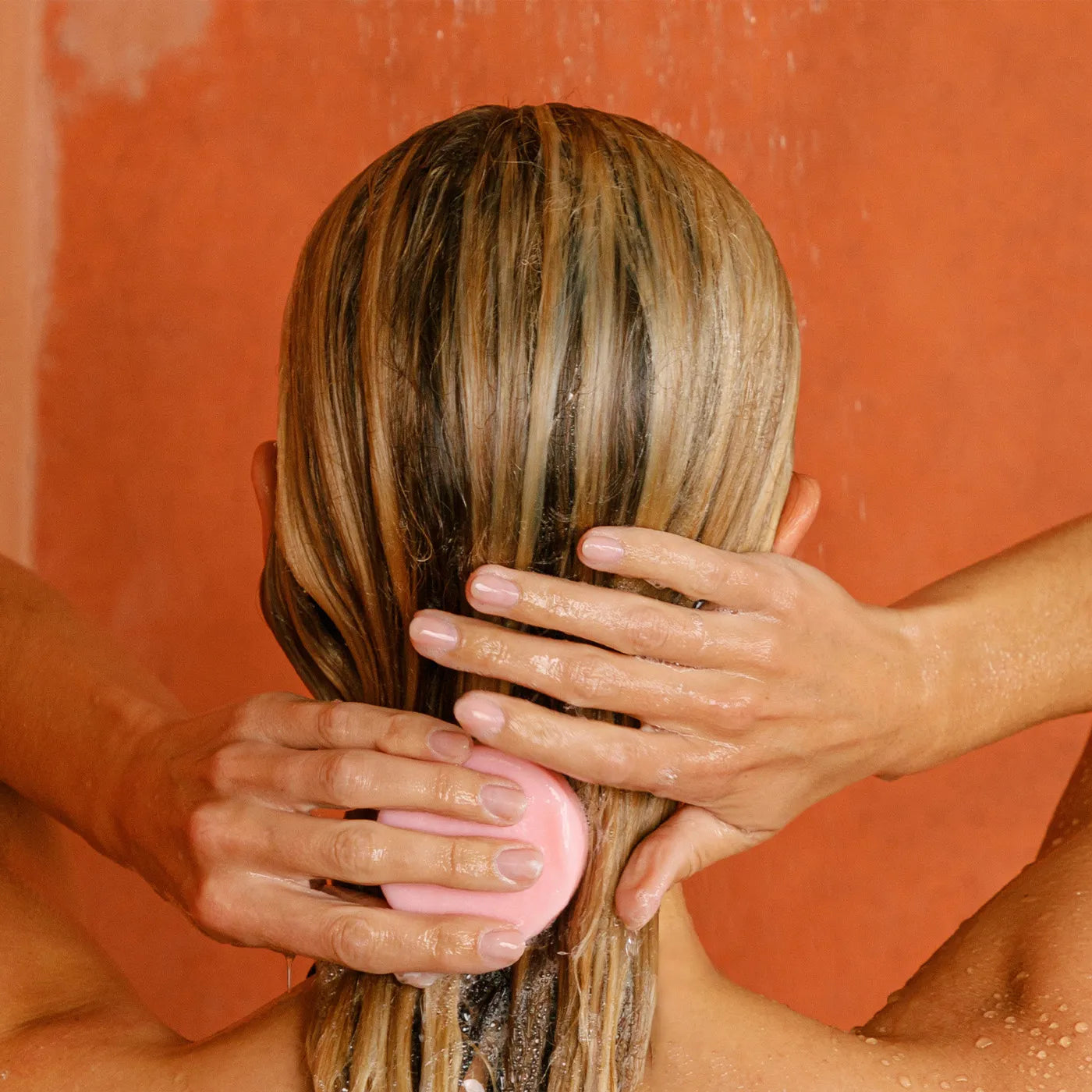
How Often Should I Condition?
Discover the ideal conditioning routine tailored to your hair type. Learn how to keep your hair healthy, shiny, and well-nourished without overdoing it.


